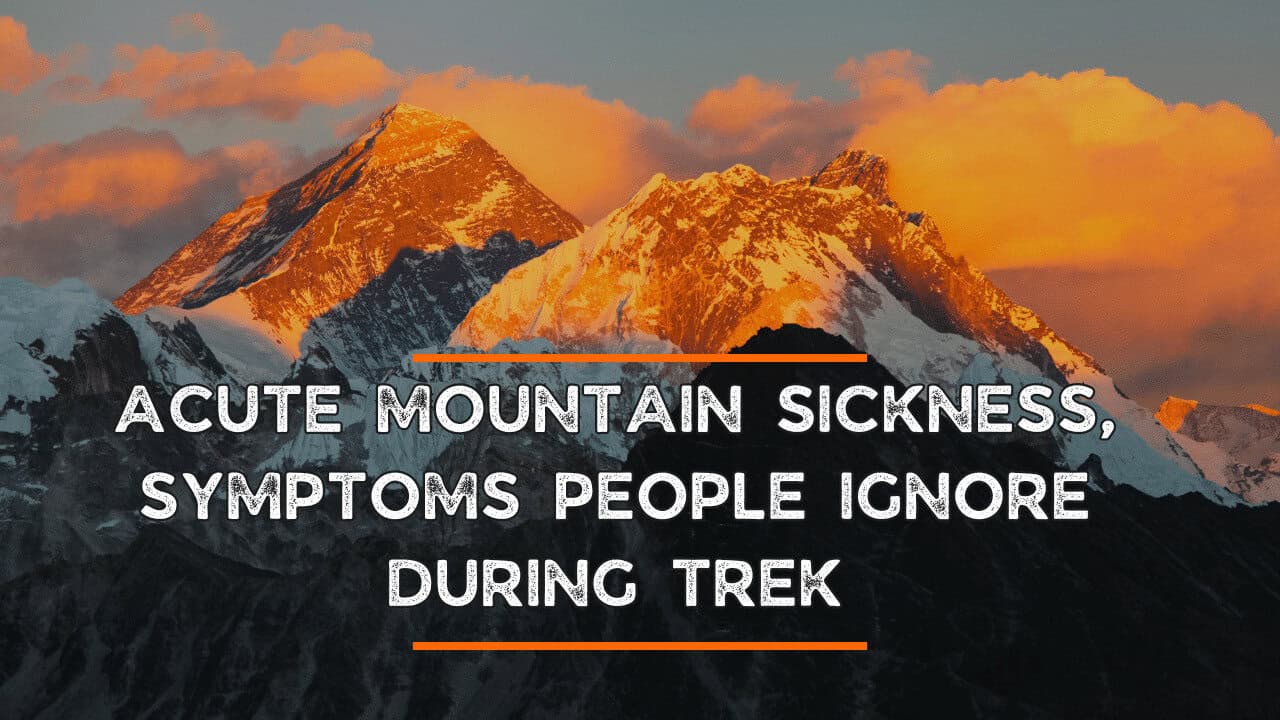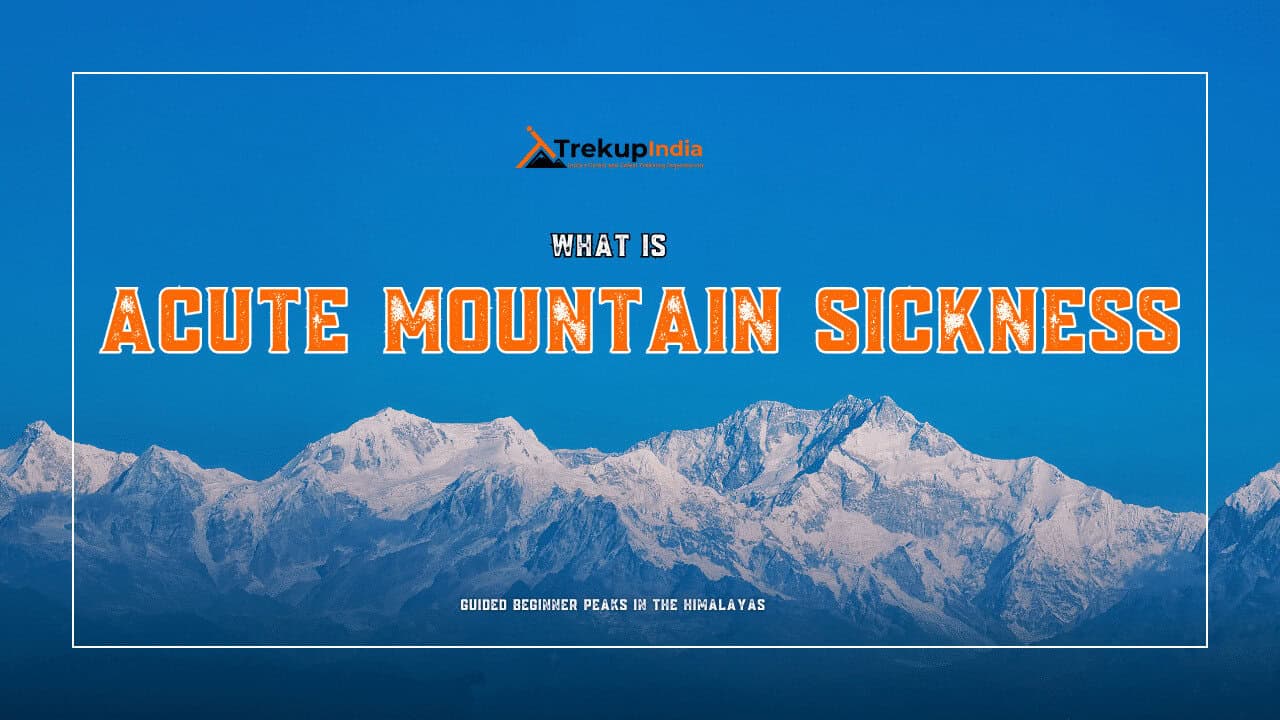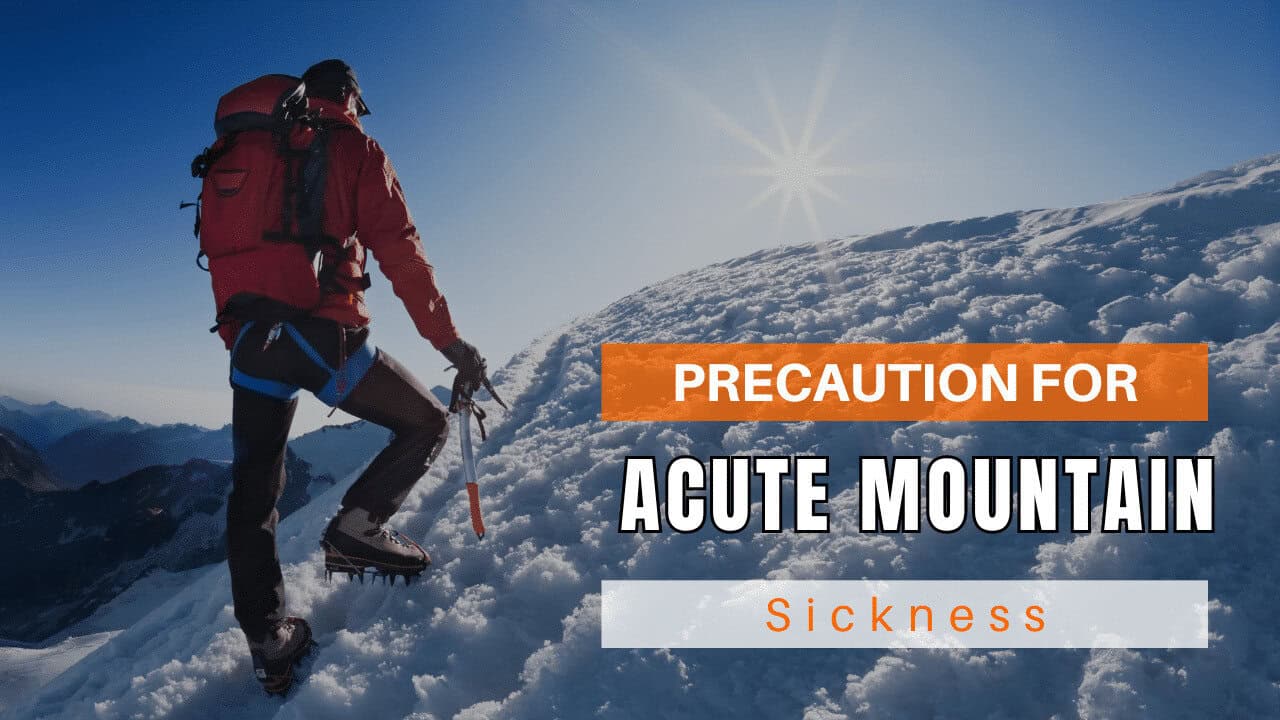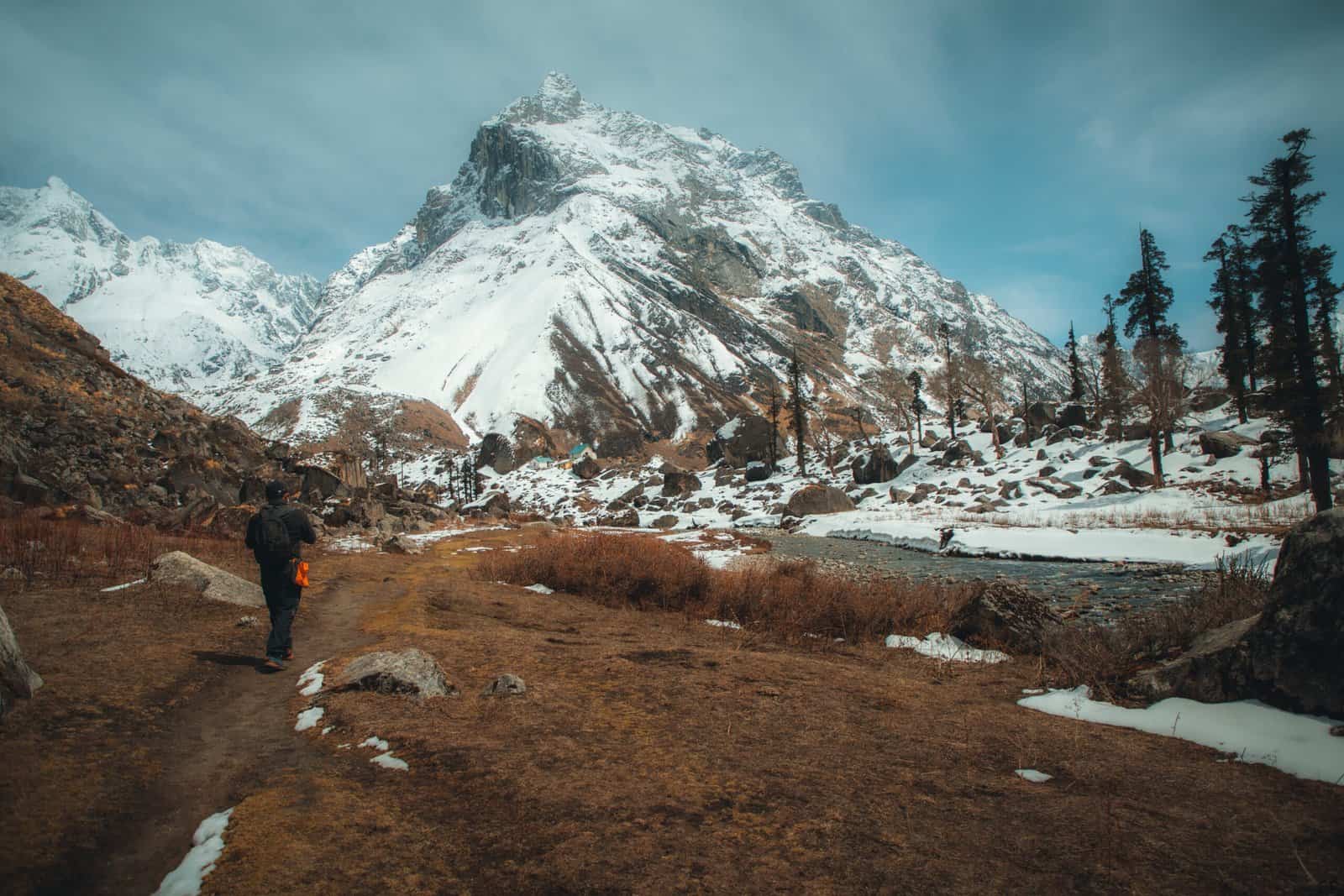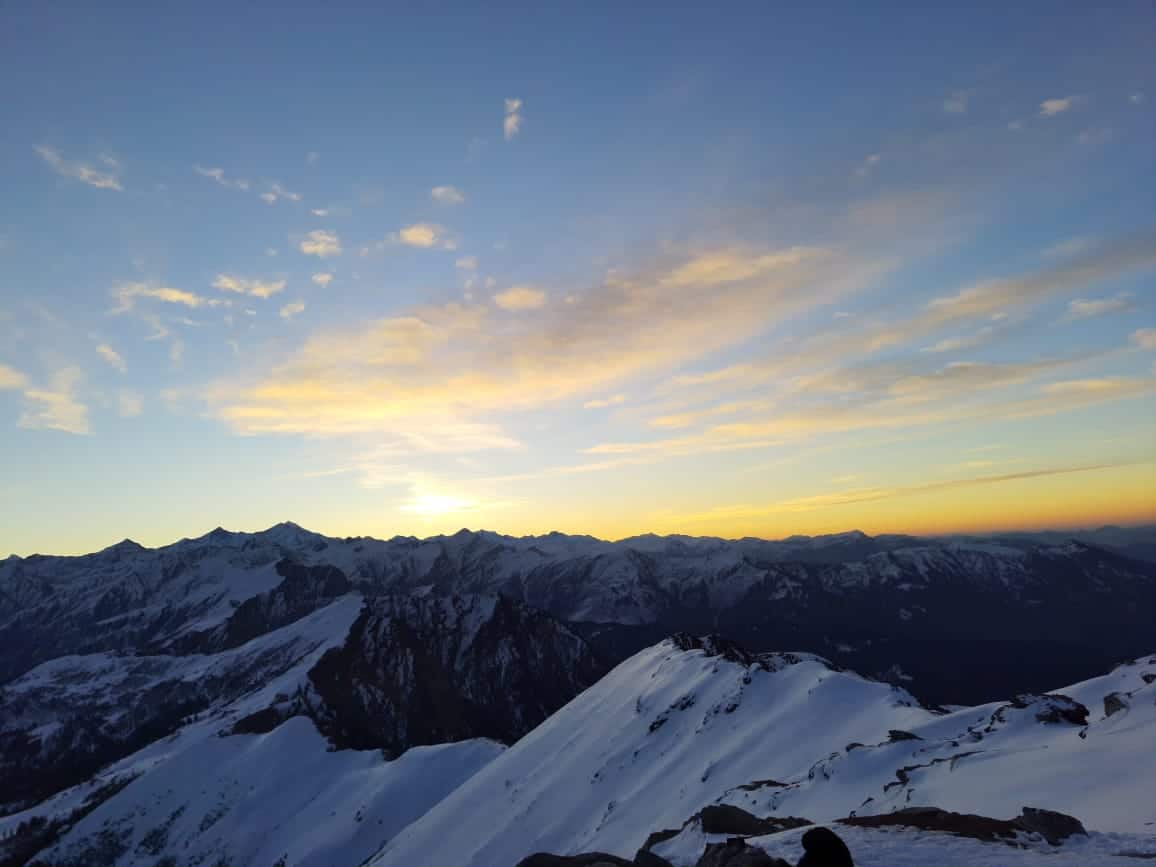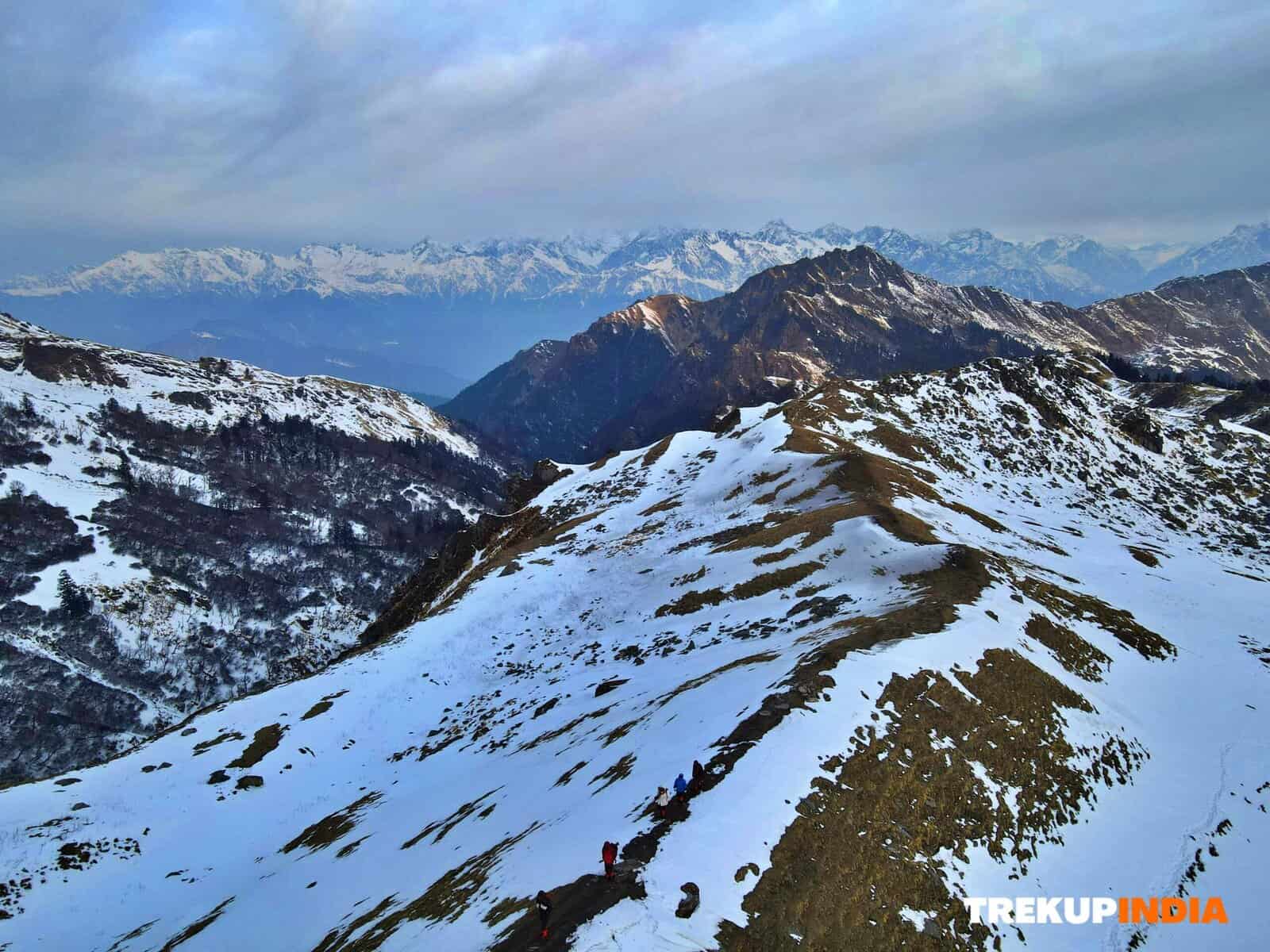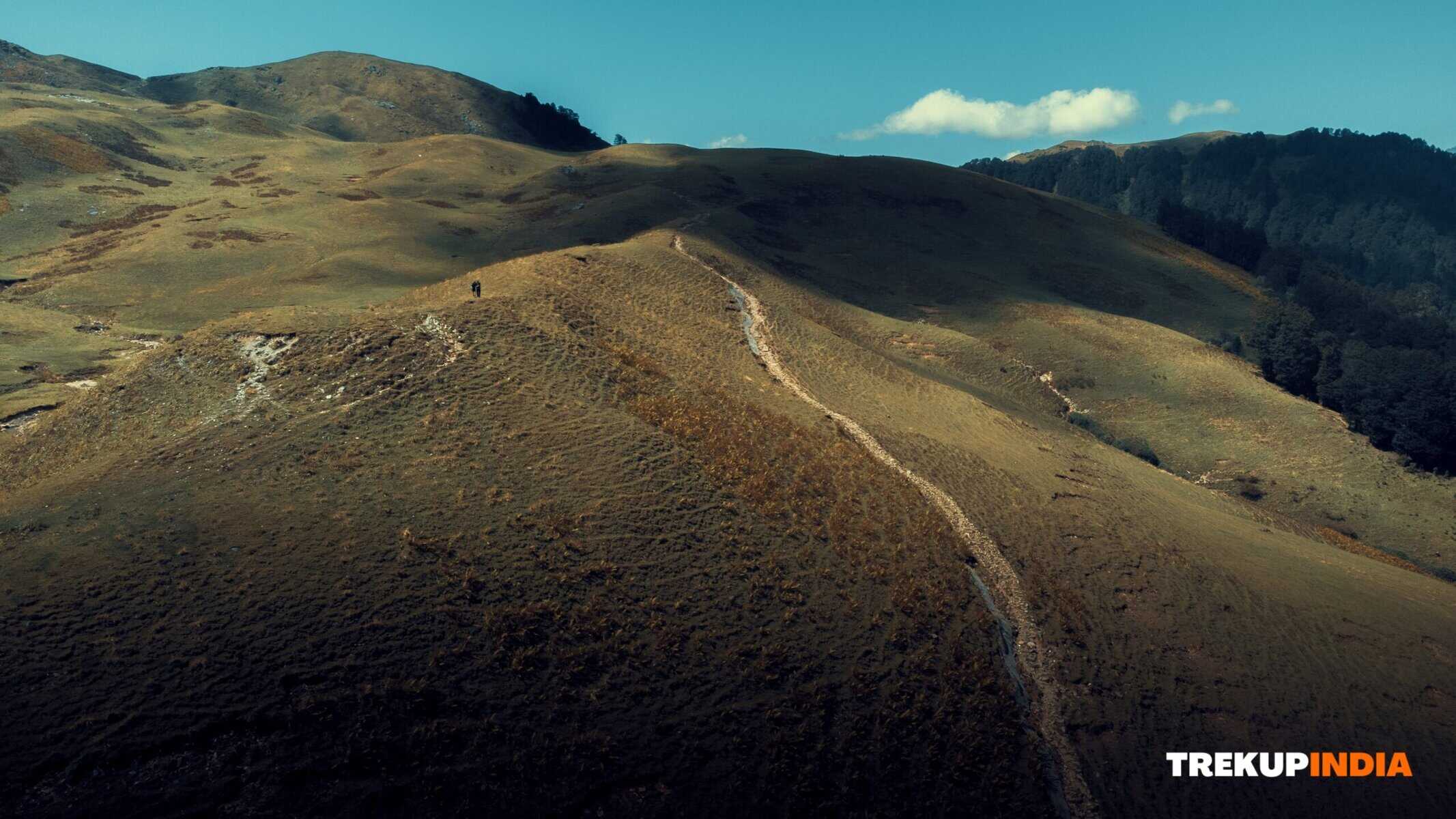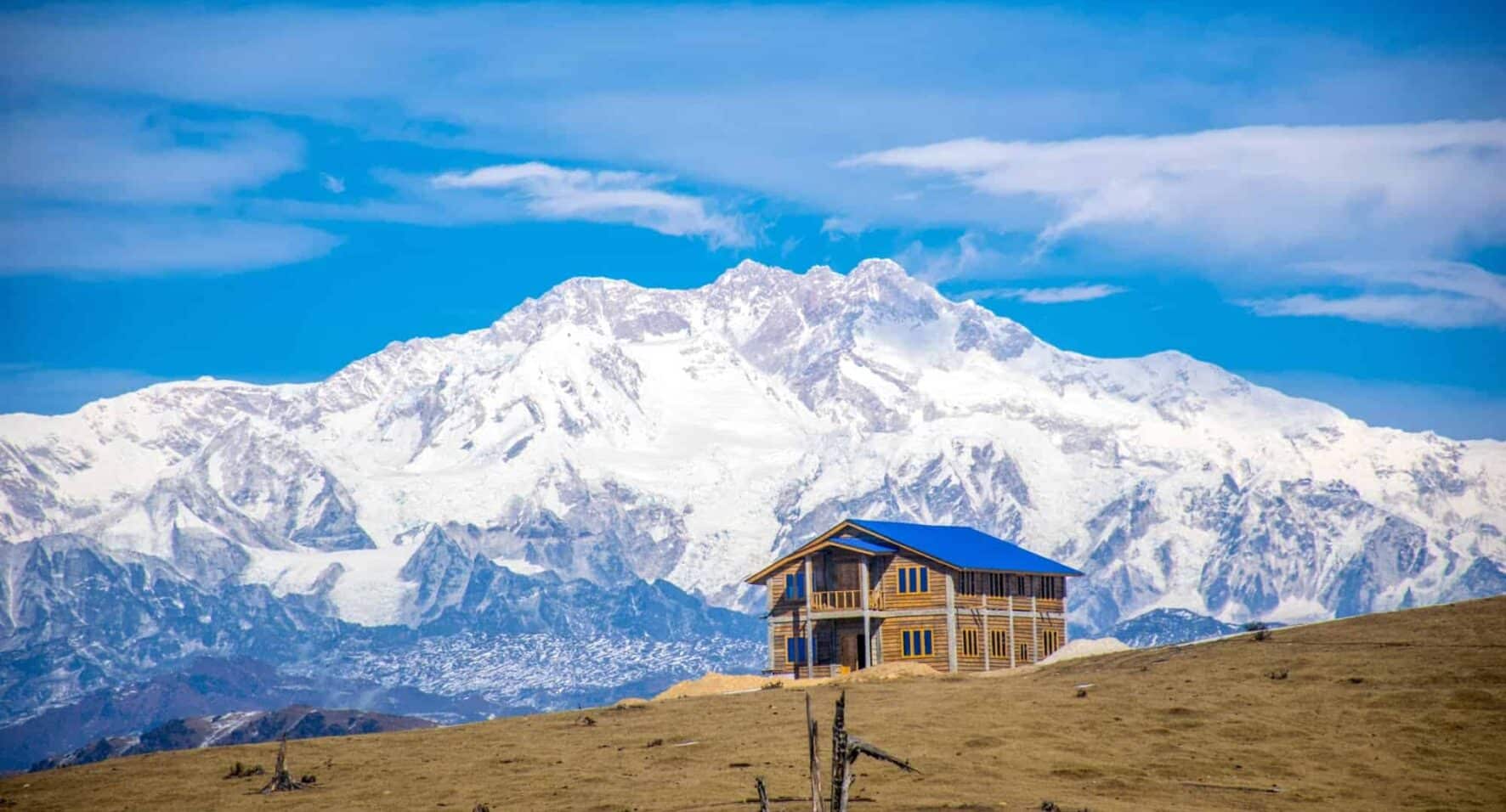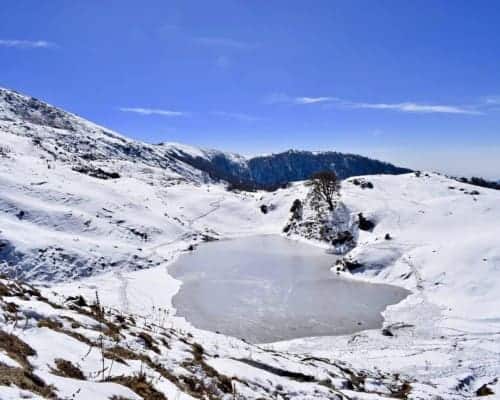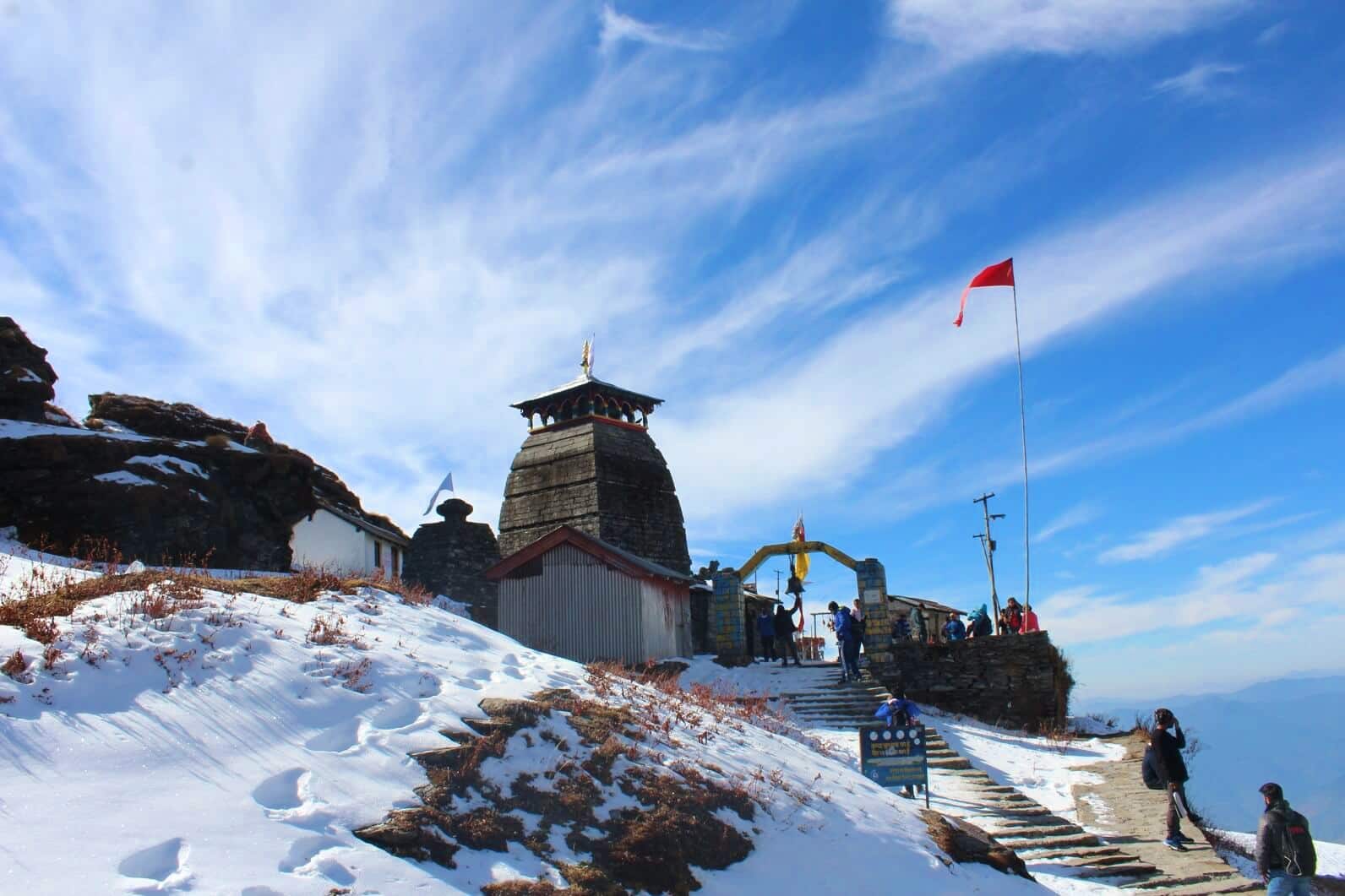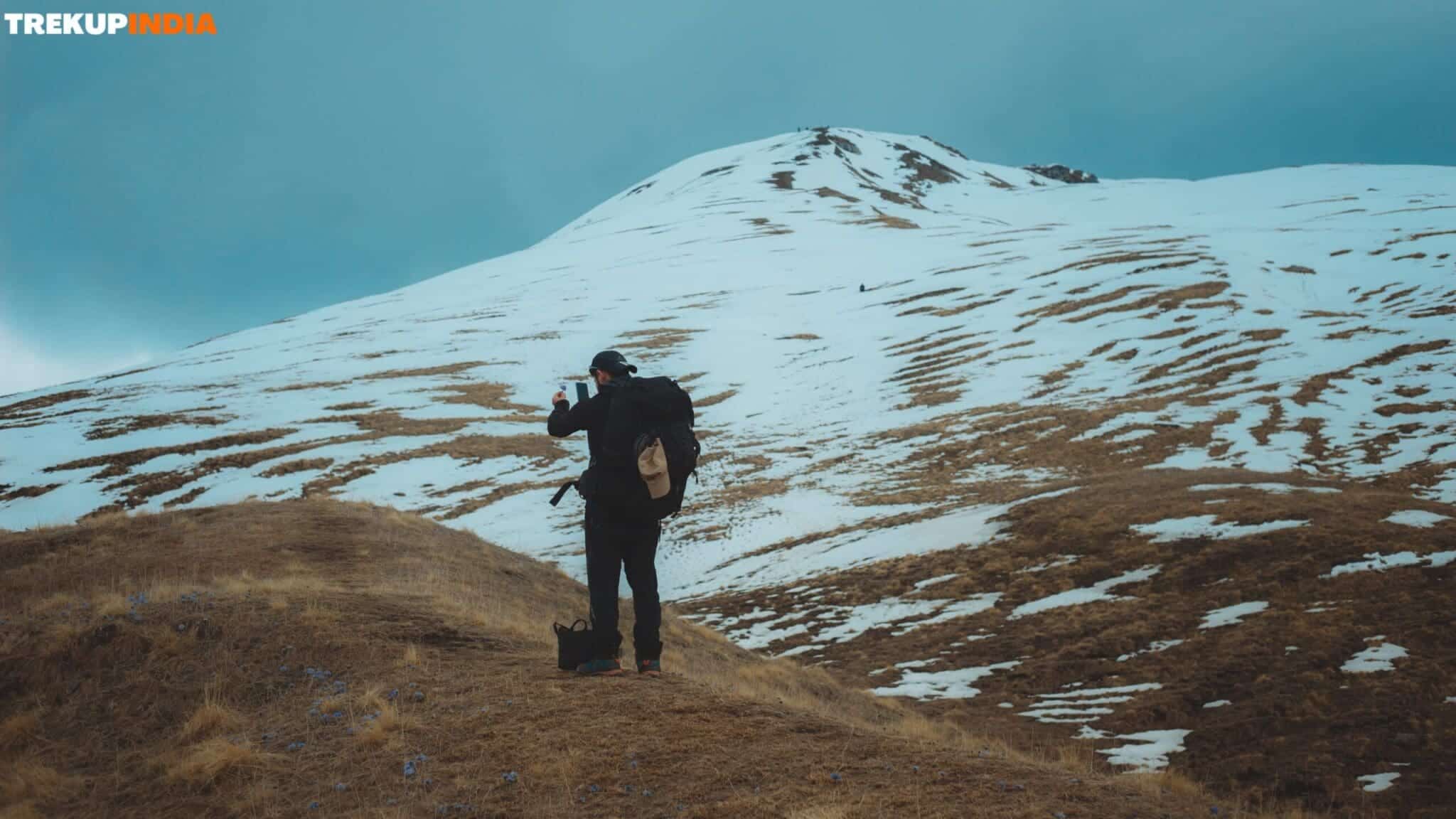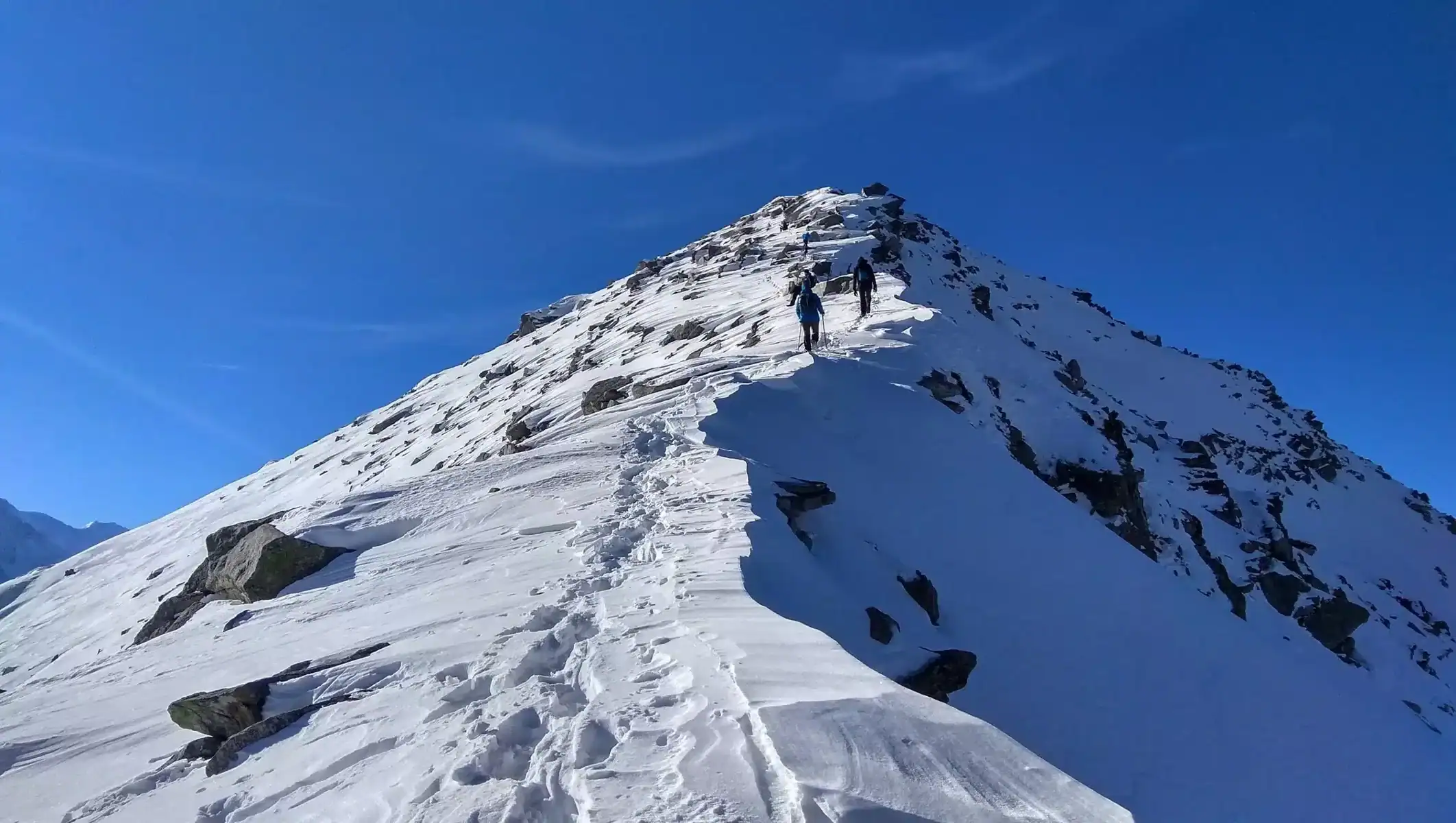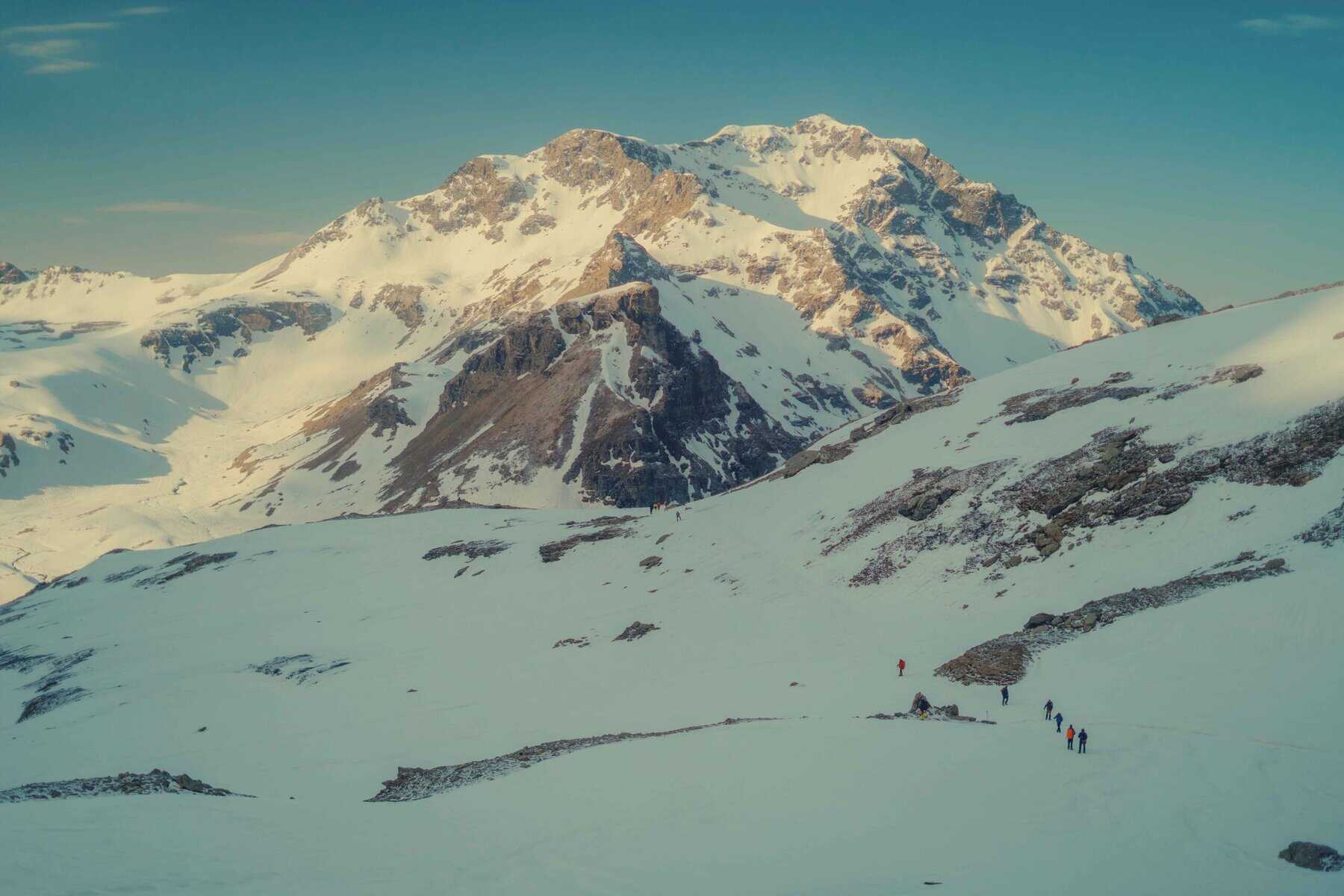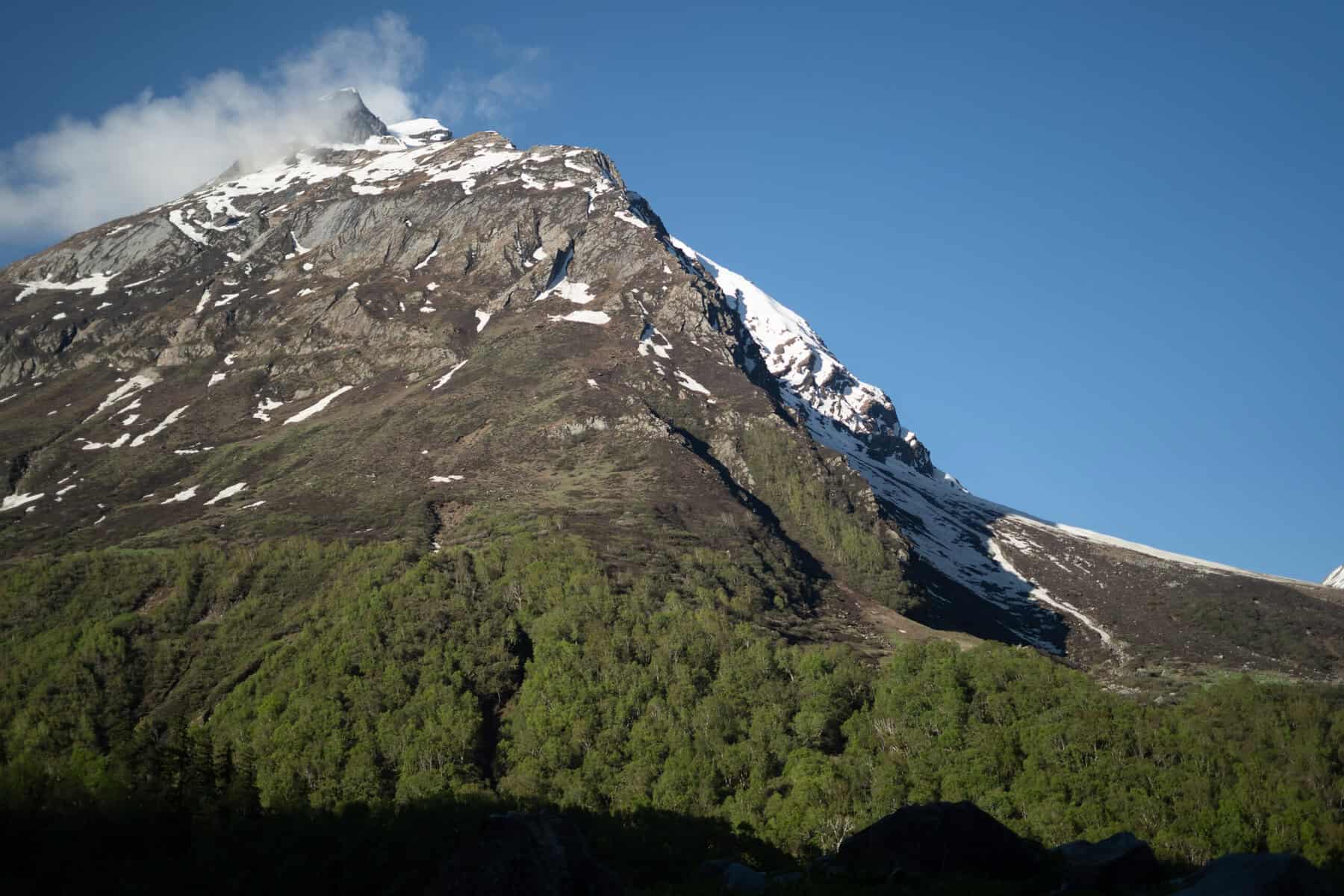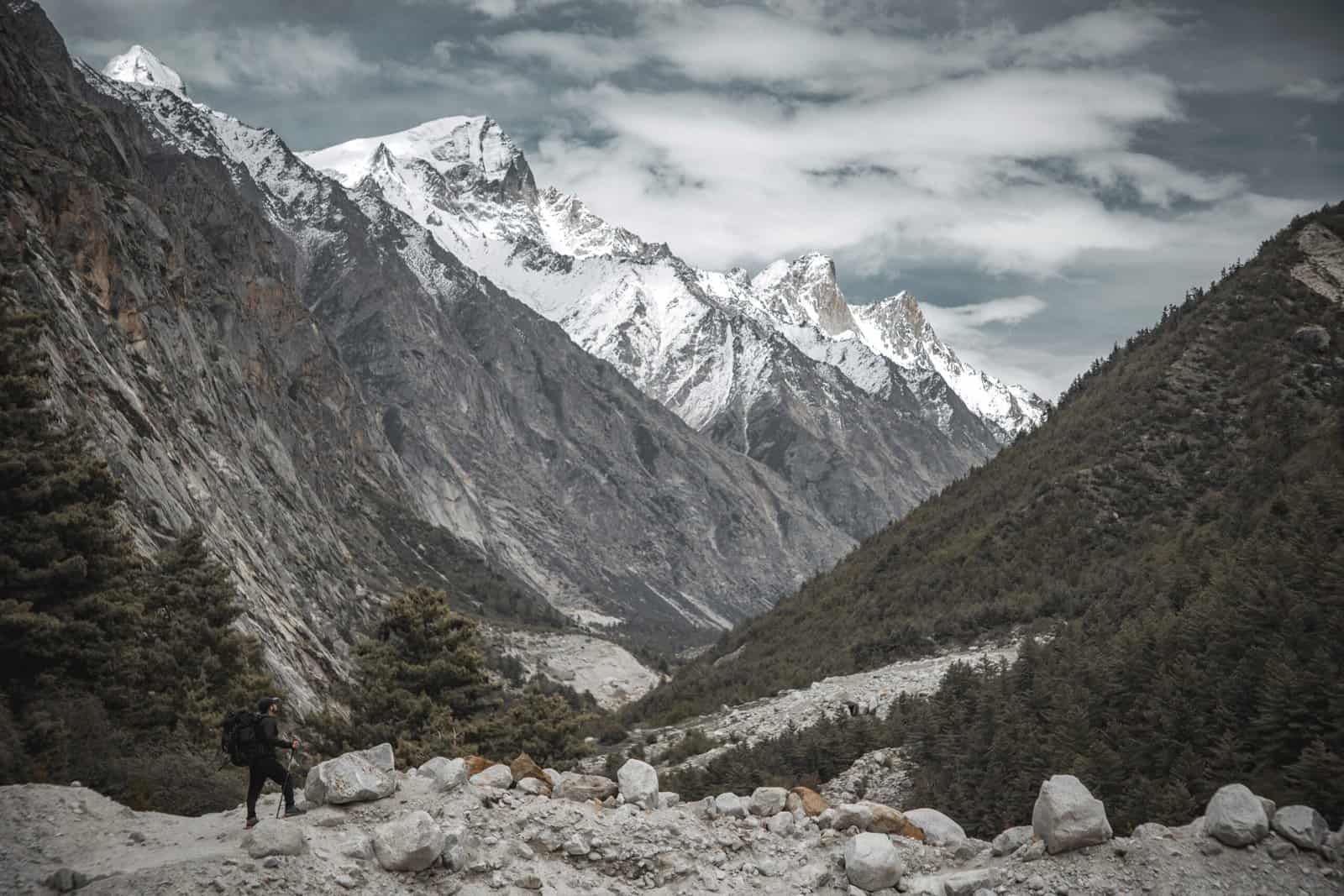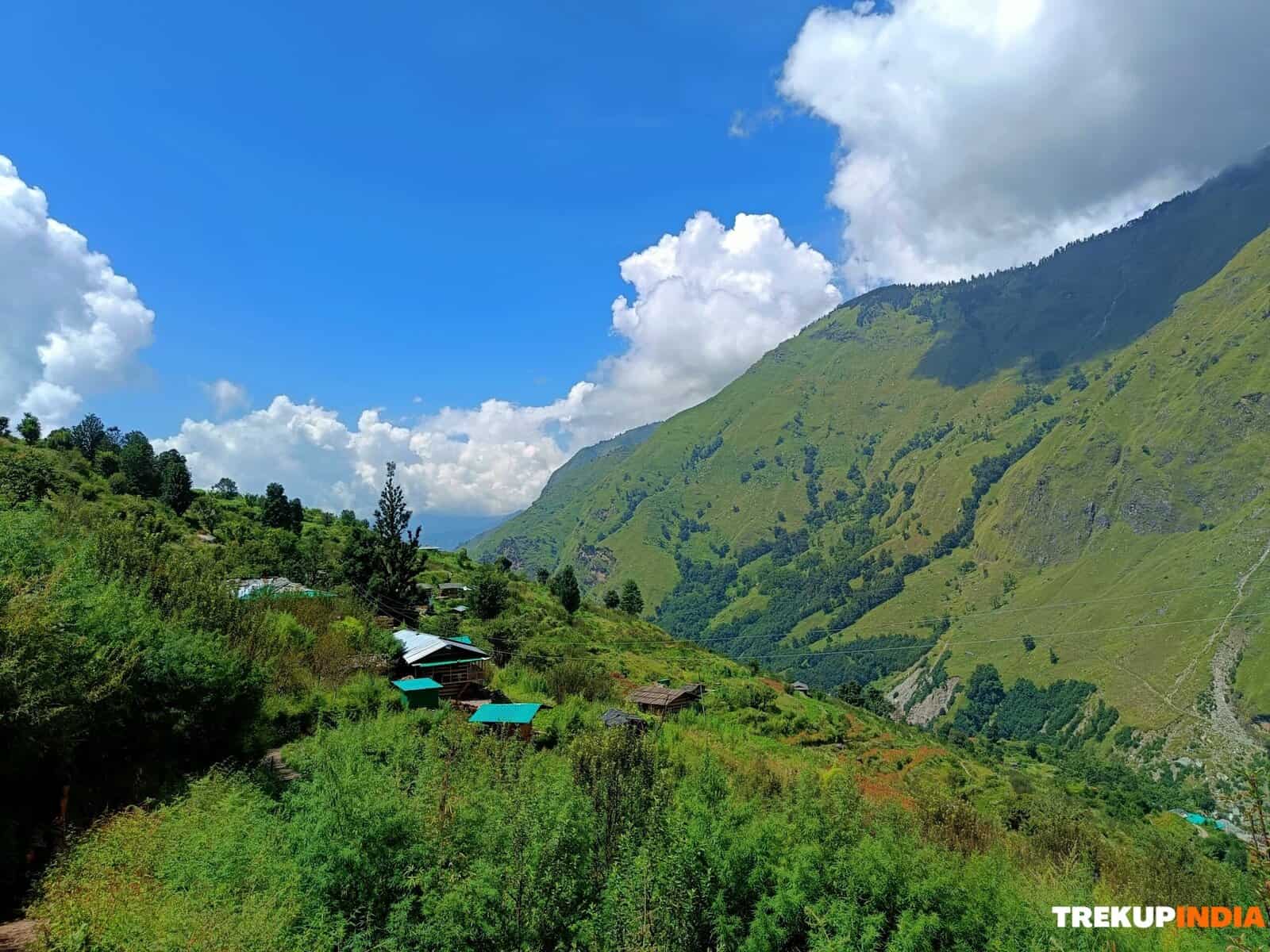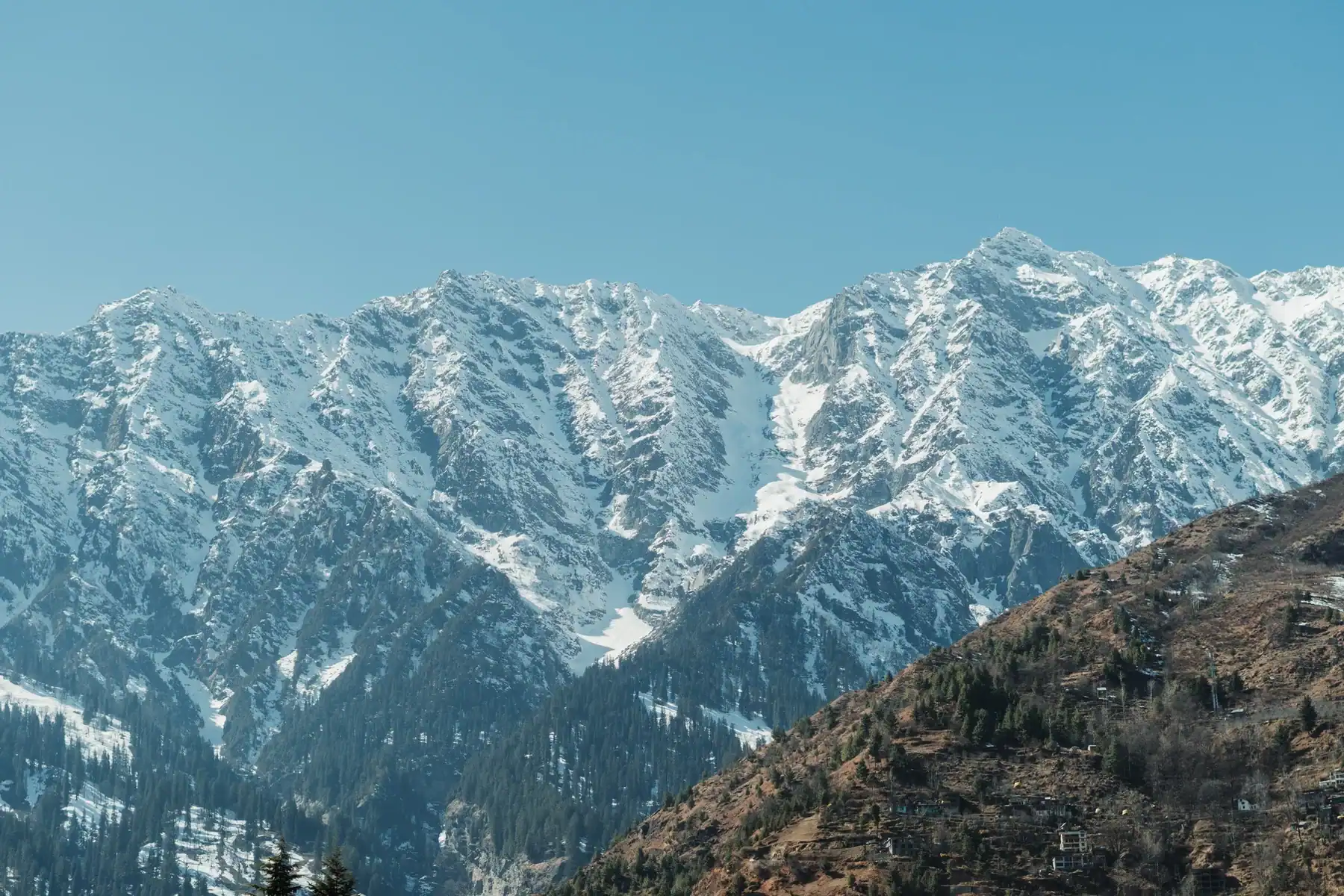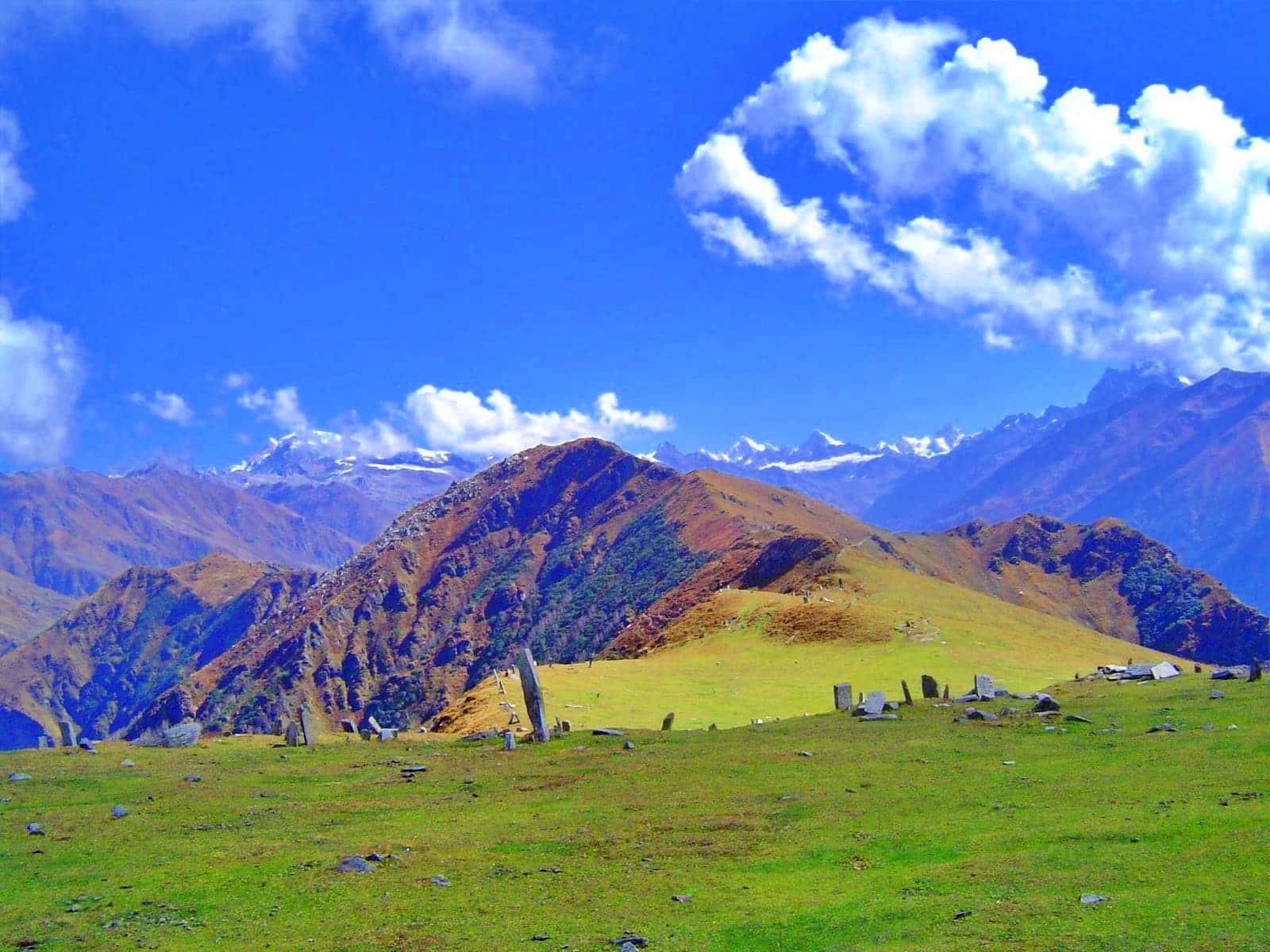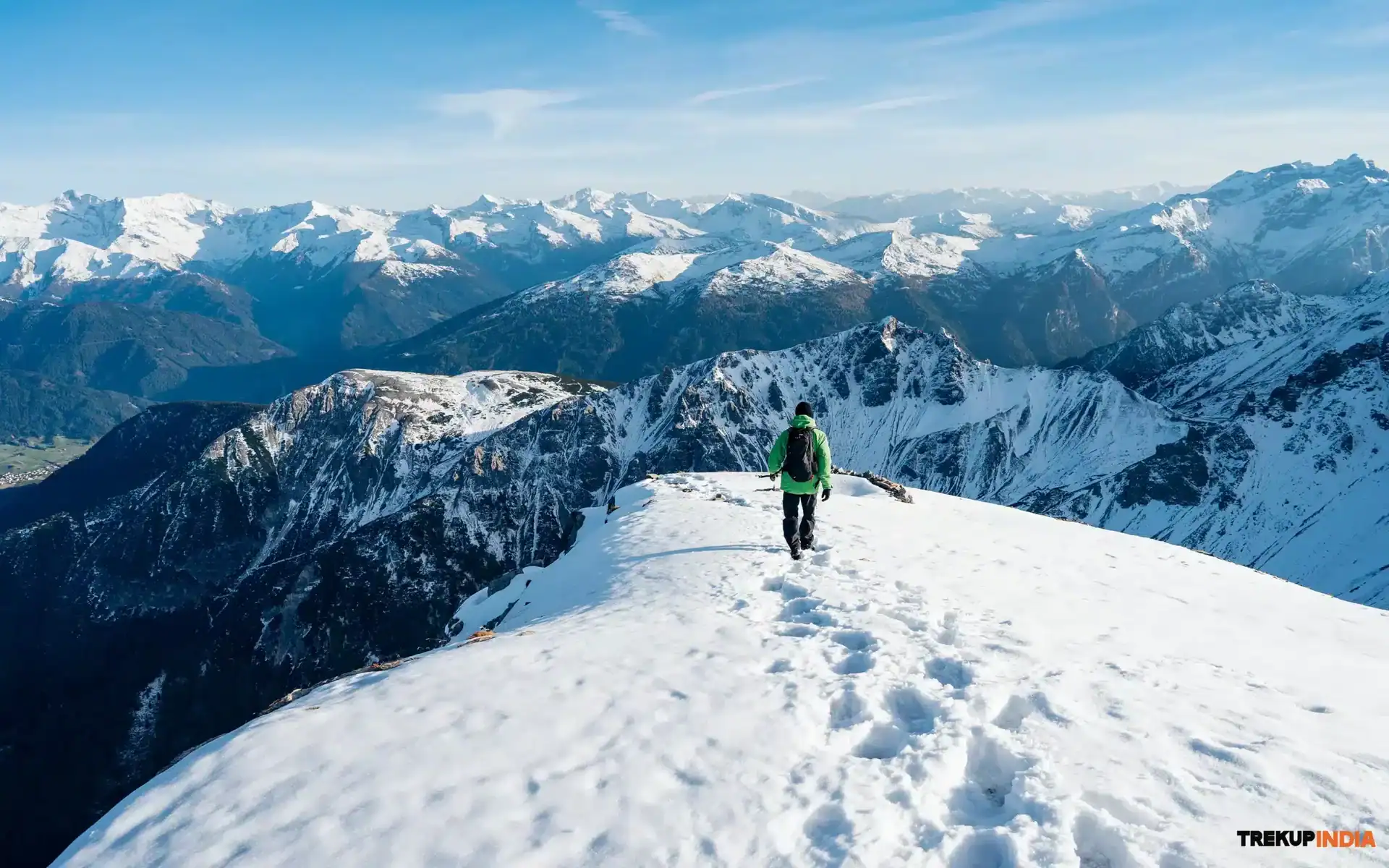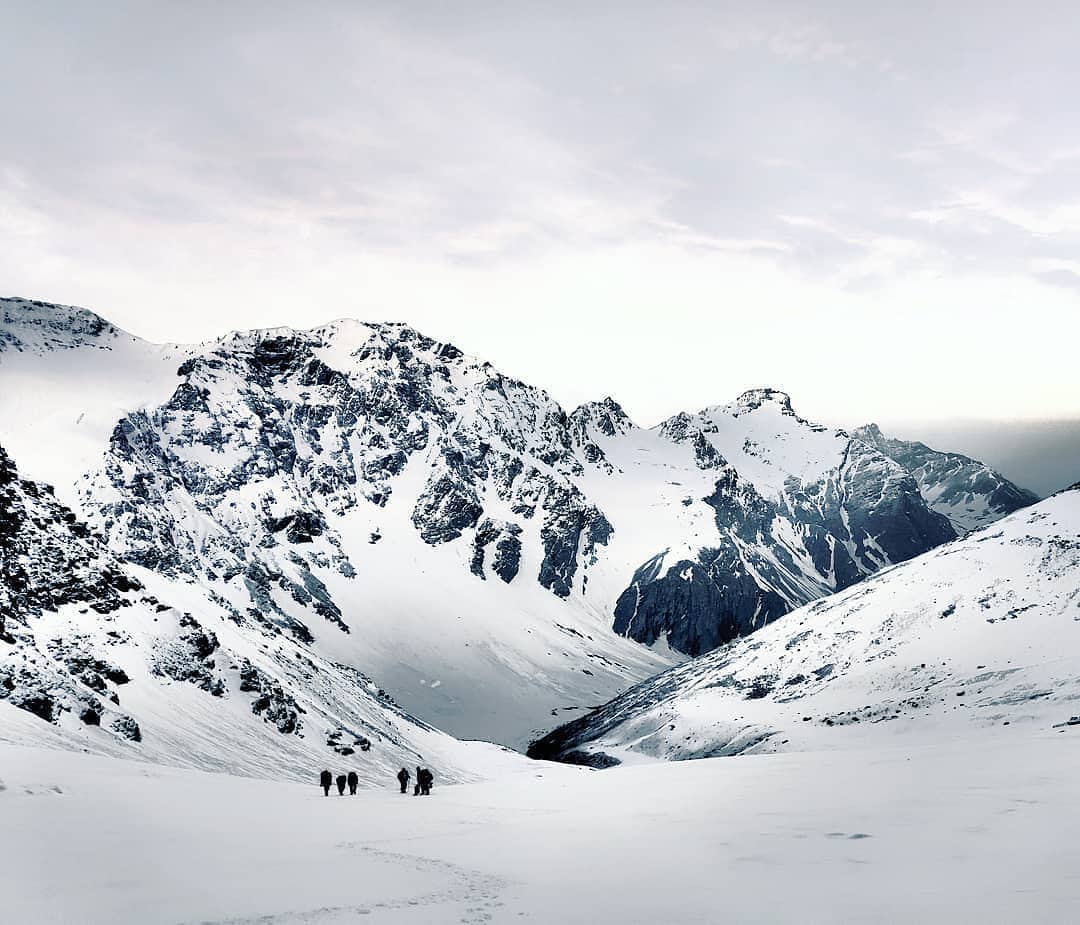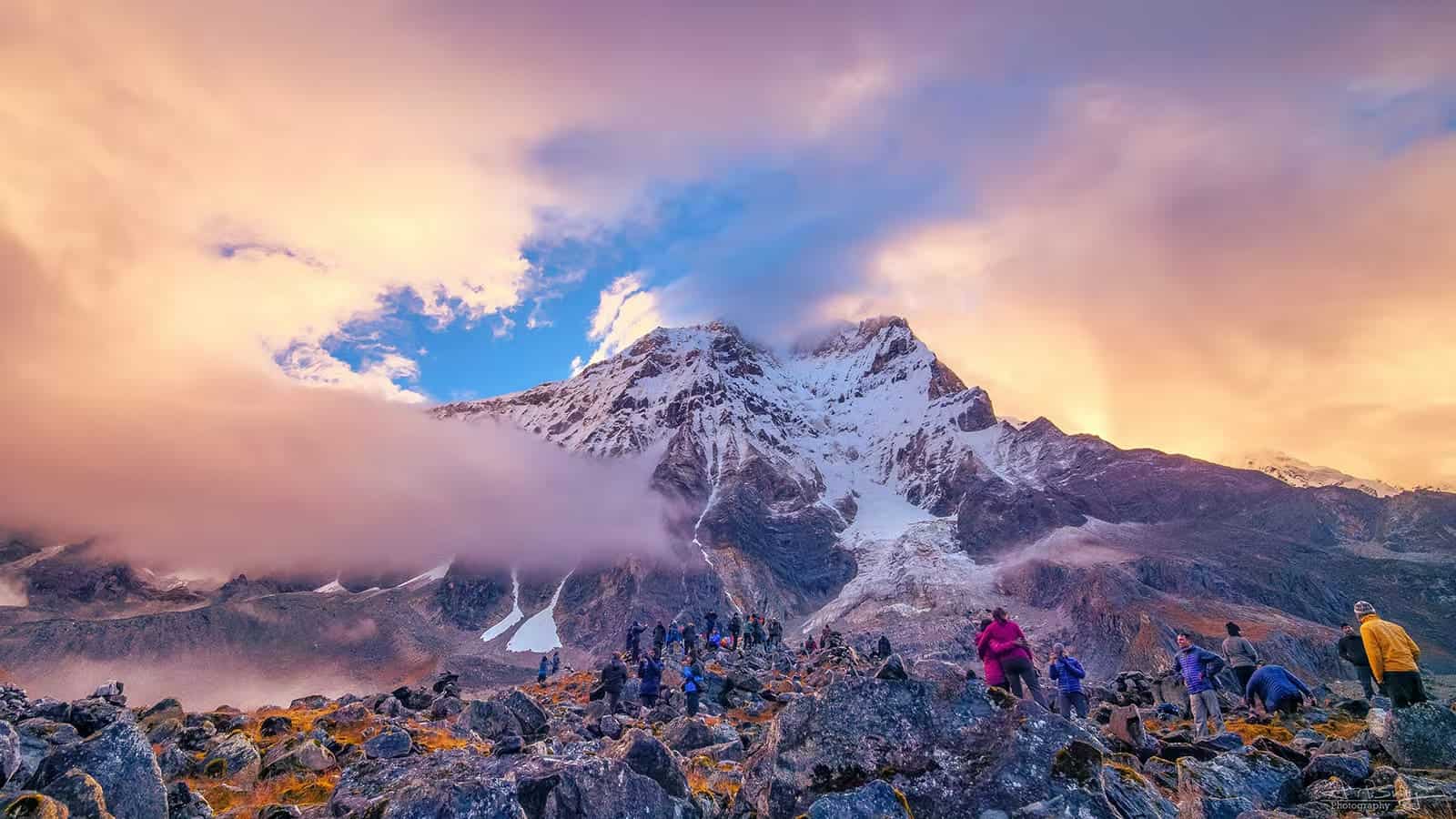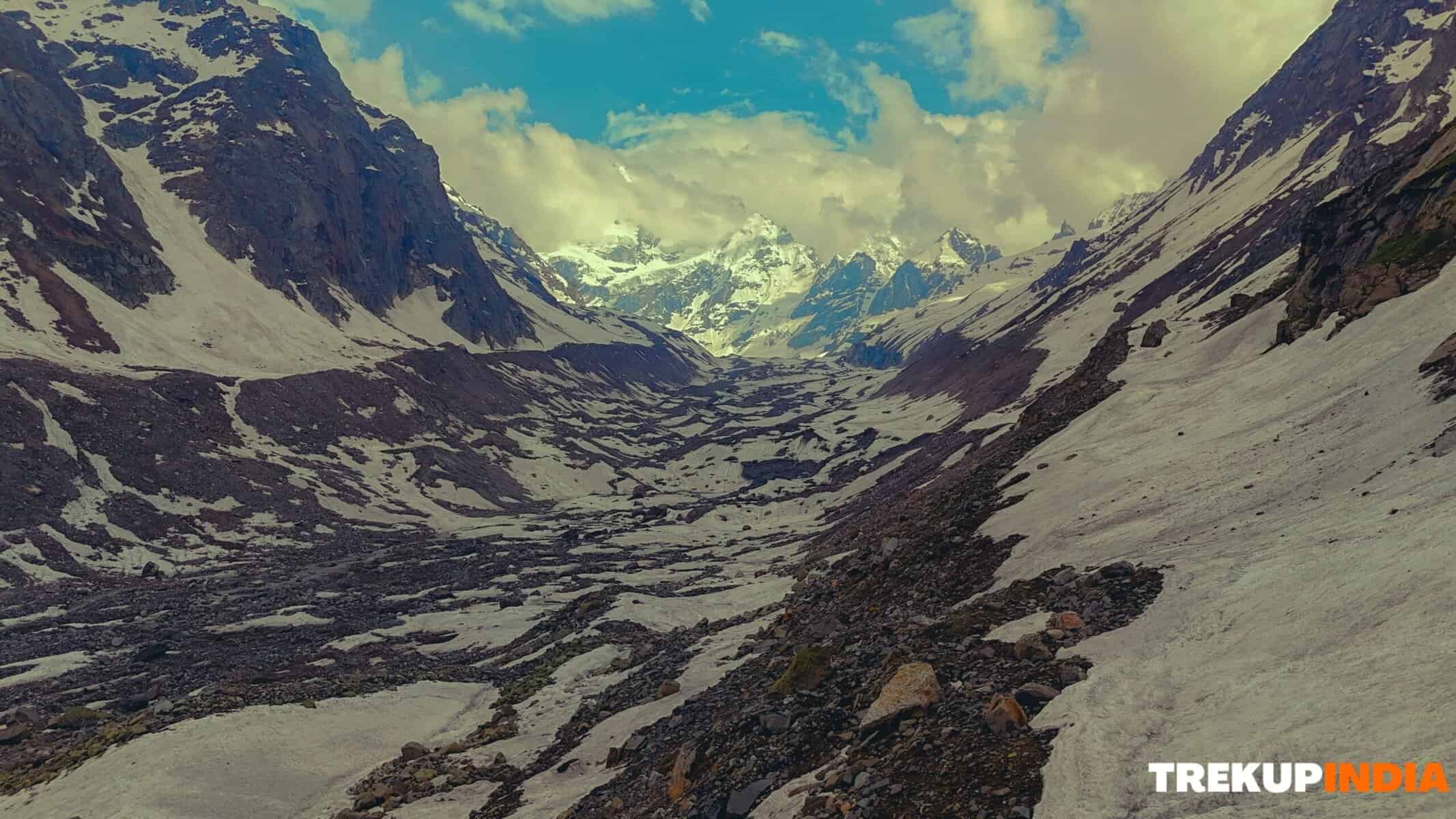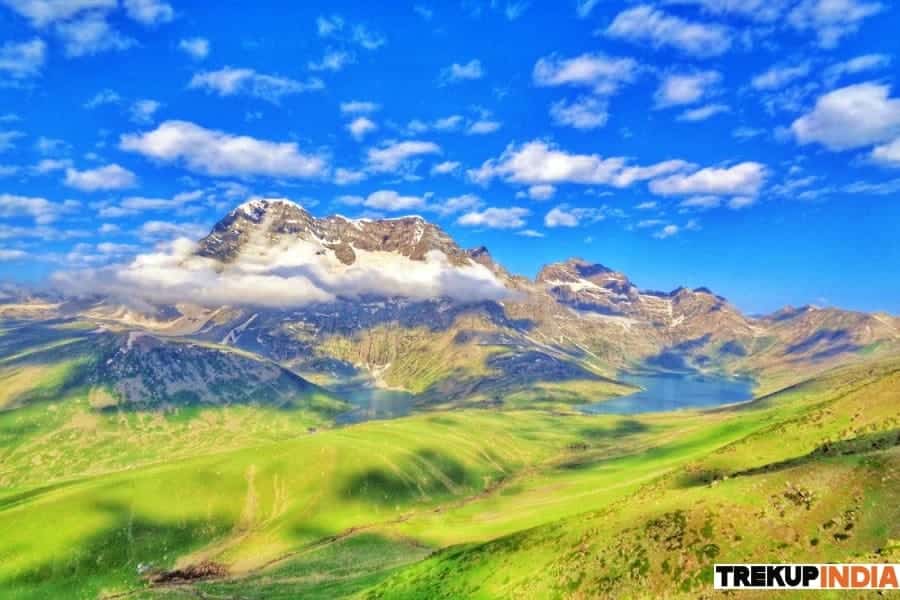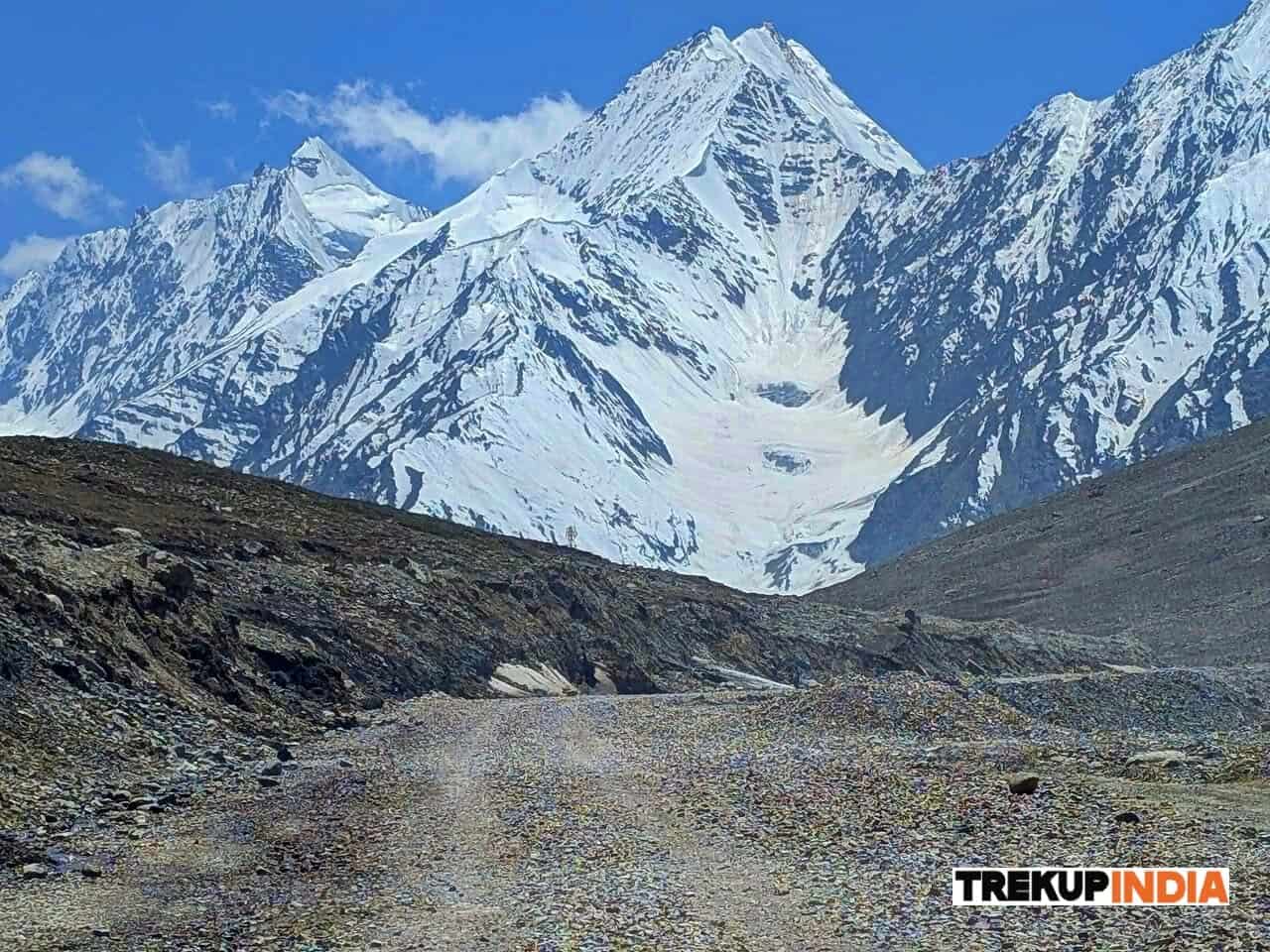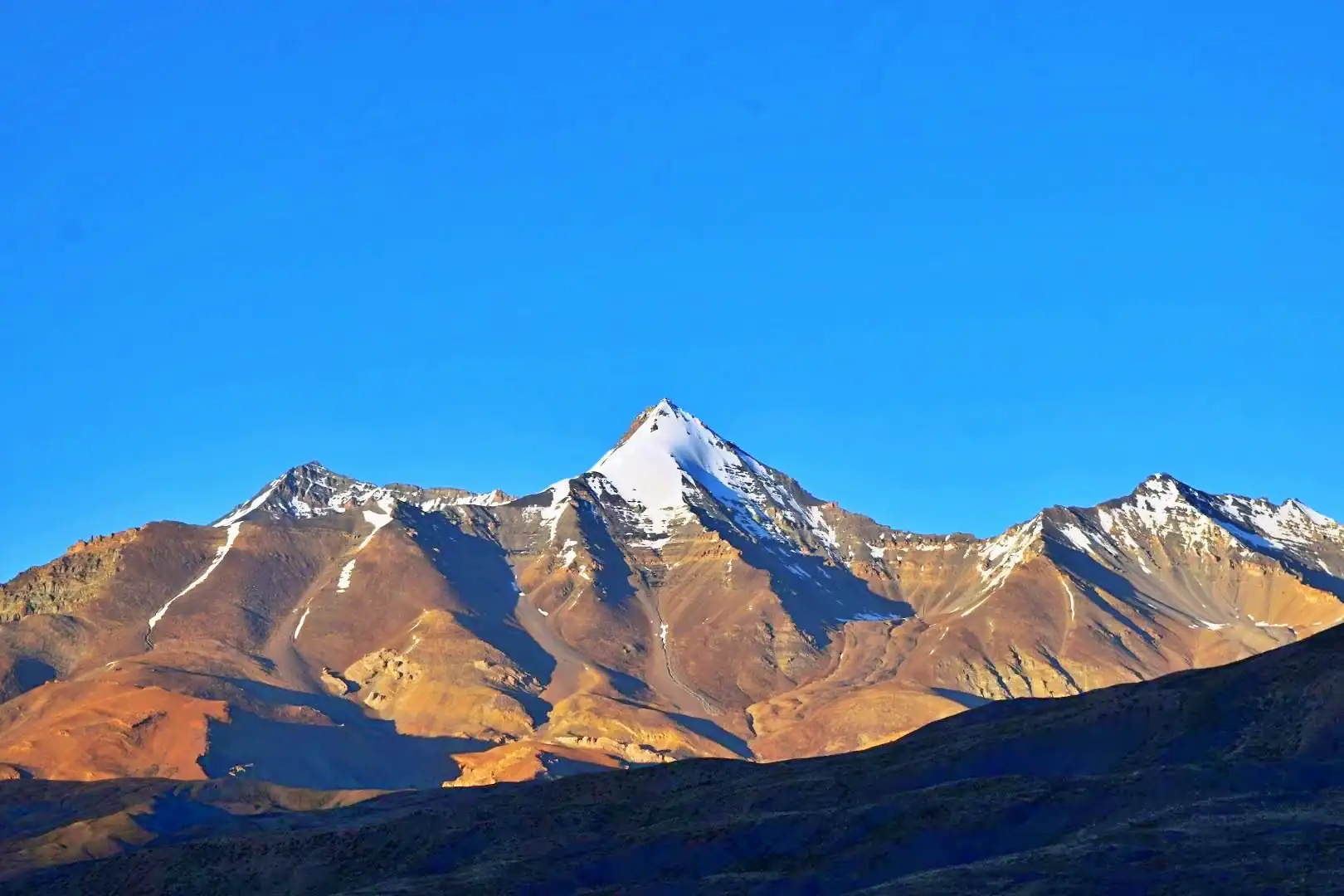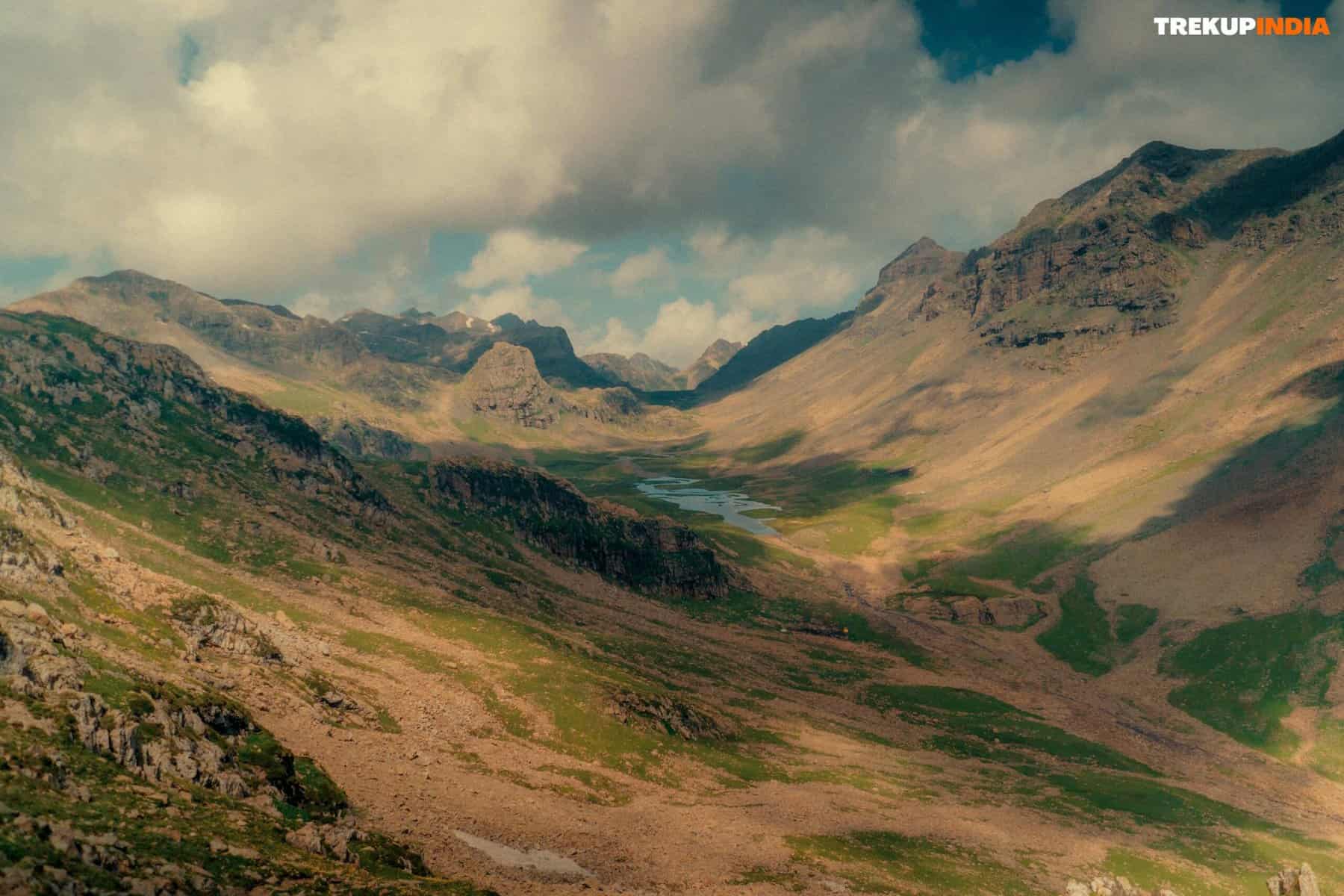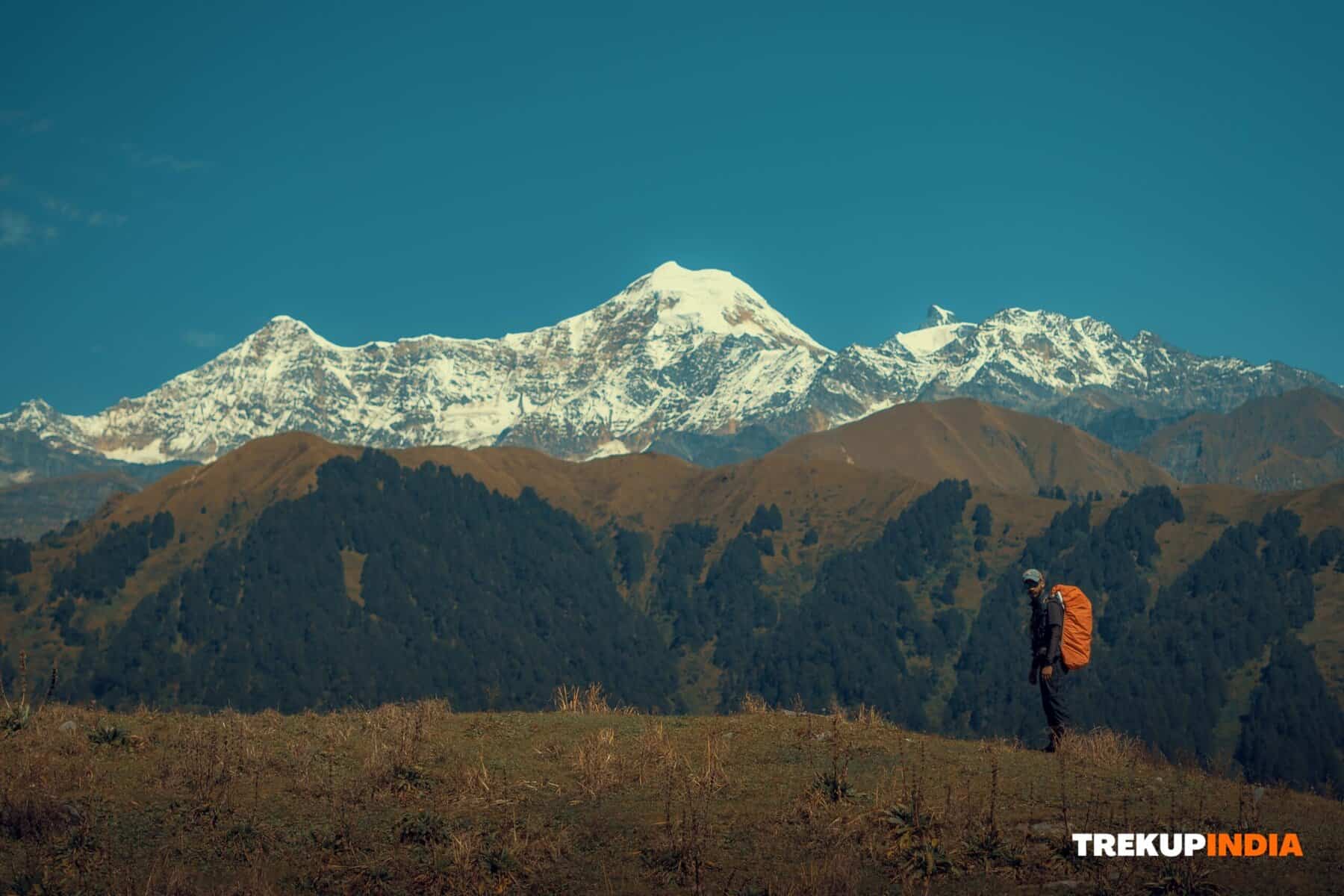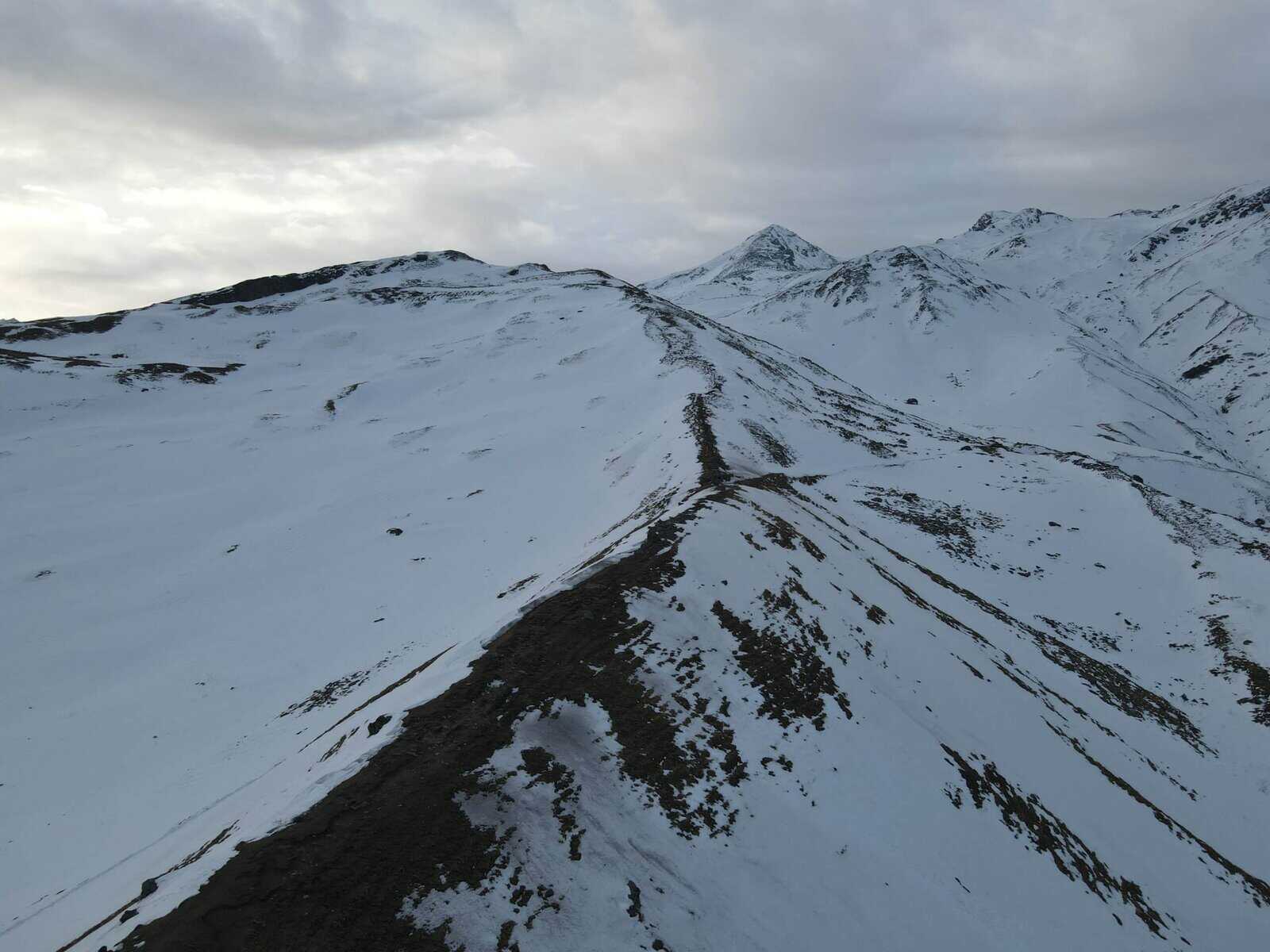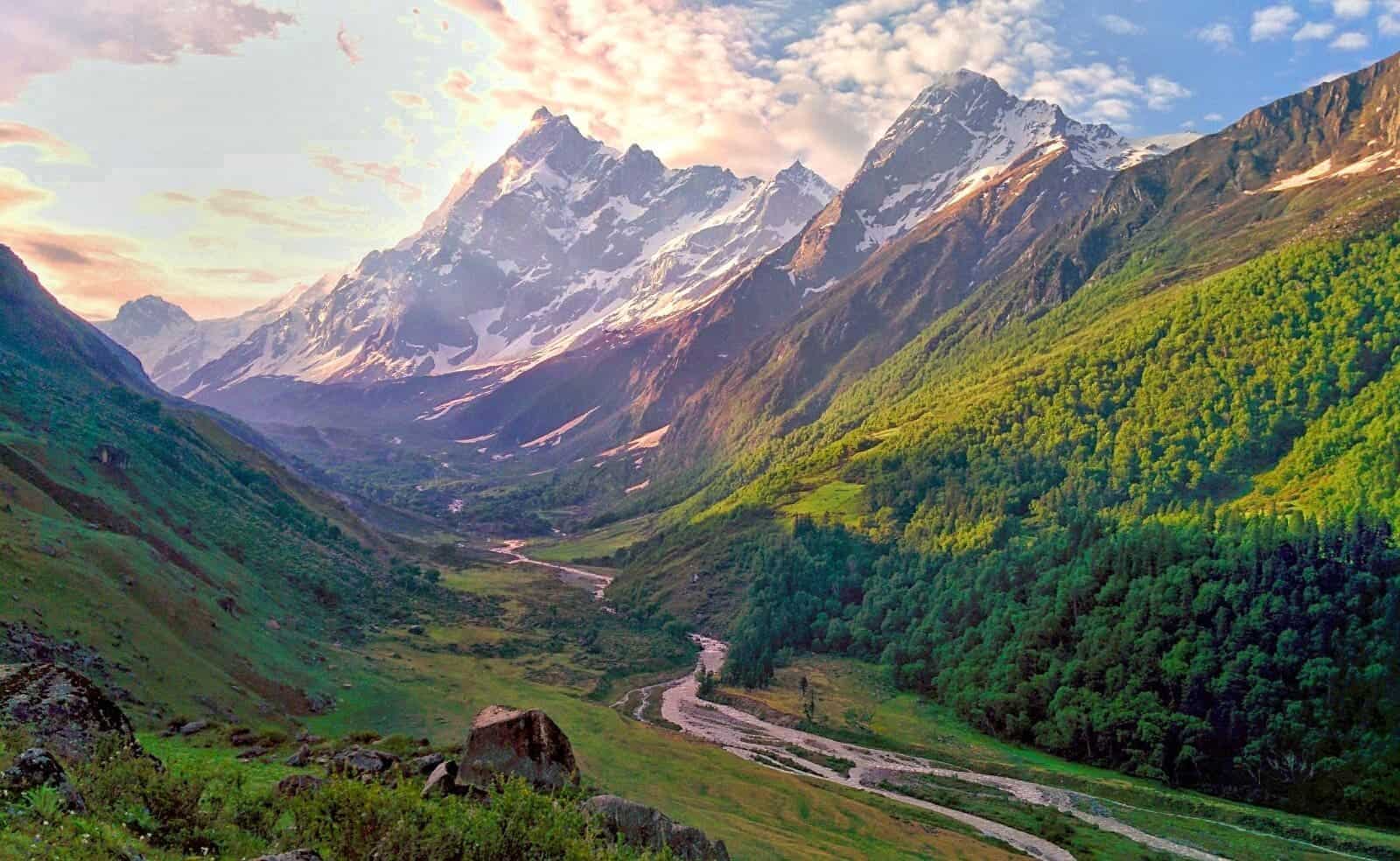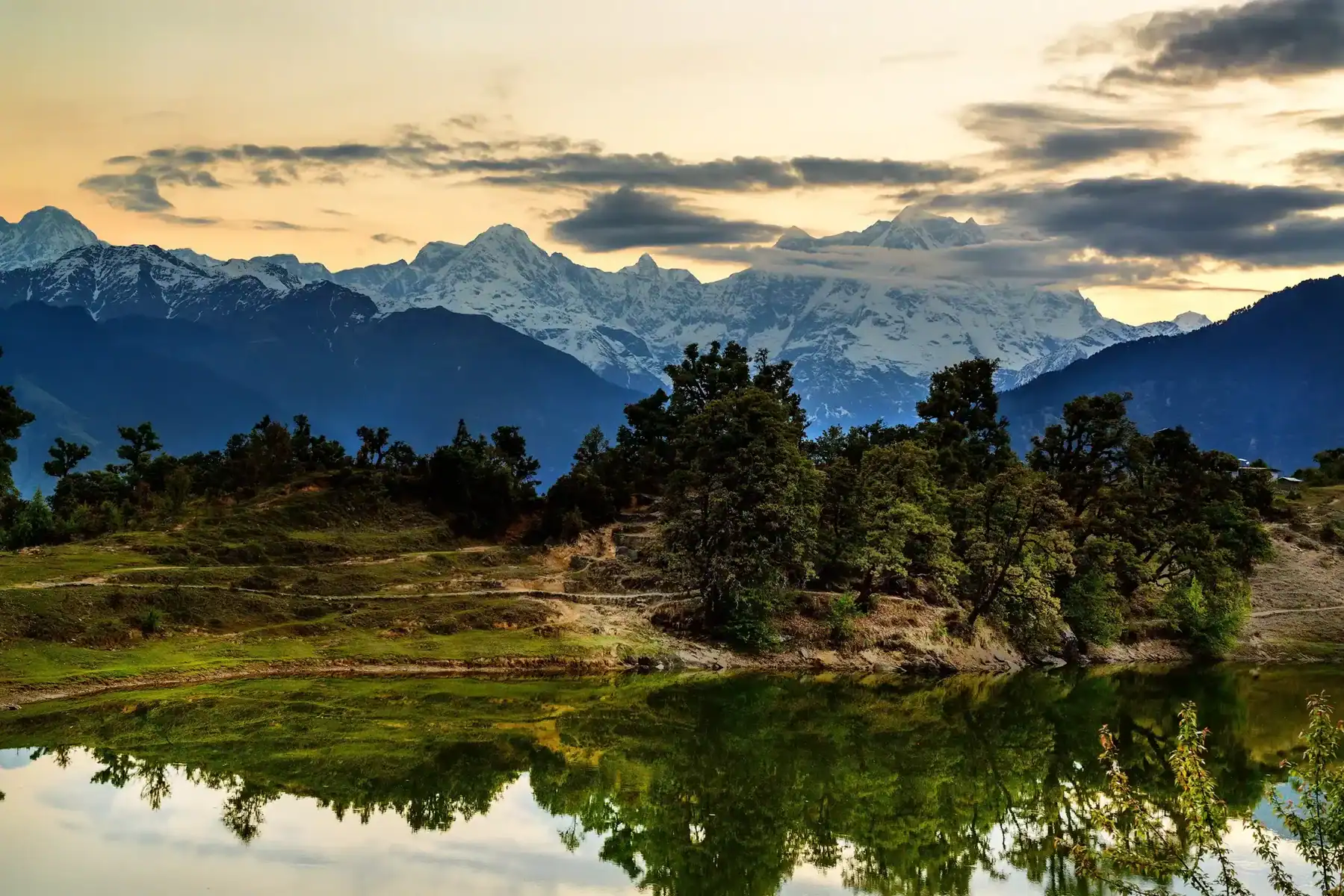Trekking Hygiene: Smart Ways to Stay Fresh on the Trek
Trekking can be rewarding, yet may present its own set of obstacles, like dealing with dirt and grime as well as a lack of services. While toughness should be expected during treks, practicing healthy hygiene habits during excursions or more extreme trips is vitally important to health. Simple but healthy hygiene routines can protect you from illness, infections and unpleasant outdoors while protecting you against illness, infections or unpleasant outdoors. Being clean while Trekking can be challenging for women with menstrual issues, particularly if there are no bathrooms nearby. But there are efficient strategies and techniques available that will ensure you remain well-kept and fresh while out and about on the trails – Trekup India women’s Trekking members have put together an array of tricks they suggest as ways to ensure you remain clean while Trekking. Trekup India believes being healthy doesn’t have to be difficult, though sometimes taking several Treks before understanding how best to handle menstrual flow during outdoor adventures is necessary for optimal hygiene practices.
How to Manage Periods While Trekking
Opting for tampons rather than pads can help ensure greater hygiene. Tampons are compact, ultra-absorbent, and efficient at capturing menstrual flow. One major benefit is that tampons dry quickly after being inserted, making them the ideal choice when engaging in activities such as traversing rivers or walking during rainy days. Furthermore, their small size means they fit easily within any backpack without taking up too much room, though as Sandhya UC notes, it is important that users become comfortable using tampons before embarking on long Treks or walks them relying solely upon them. Do not leave behind used sanitary items as litter during your trek; take them back home with you and dispose of them appropriately when back in town. If you don’t wish to use tampons at all, sanitary pads could be an alternative. Though sanitary napkins are widely accepted and accepted socially, they may not always be convenient when Trekking. Their bulkiness makes them vulnerable to leakage; however, if sanitary napkins make you more comfortable, then feel free to use these. Menstrual cups are highly recommended. Whatever method you decide upon, ensure all the items used come home with you – in newspaper wrap or Ziploc bags – without leaving anything behind at the foot of the mountains.
Bio–toilets: How to use?
Bio-toilets make menstrual hygiene management during trekking easier, thanks to the eco-friendly materials used for bio-toilets. From tampons and pads for menstrual hygiene to cups, these toilets made of eco-friendly materials enable users to easily maintain personal hygiene during menstruation periods while outdoors. Its size can even compare with an ordinary bathroom for ease of use when enjoying outdoor activities – as one example, Lakshmi Selvakumaran, Team Head in Trekup India, has observed her menstrual routine remains consistent while on trail – an easy wipe down using a damp cloth is also ideal! Prather used bio toilets when Trekking, but would suggest it would make menstruation management more challenging during outdoor adventures than regular bathrooms would.
How to take a bath on the trek?
Trekking requires using eco-friendly wet wipes; however, their use has since been forbidden on treks. Instead, we suggest the use of soft or scentless tissue paper handkerchiefs that should be soaked before being used to wipe. You must ensure your hands are thoroughly cleaned before
Clothing on trek
changing clothing. “Grooming during times of extreme temperature changes, such as nighttime and the early morning hours, is recommended”, suggests Sandhya UC. Ideally, grooming can be completed earlier in the morning instead of being left until later afternoon, as is commonly done. Morning is best used to clean and change.
If you are planning a trip, one of the first questions asked of you is about the clothing choices to bring. Women often wonder whether new outfits should be packed every day while traveling; according to Sandhya UC’s general advice is that three outfits should suffice on an 8-10 day journey, including your current clothing as well as two backup sets.
Begin your trek by selecting an outfit. Switch out sweaty clothing with clean ones inside while leaving sweaty ones outside, using both sets as needed for various climate zones. If available, wash sweaty items with water before drying and wearing them again. Ascending higher elevations where sweat production decreases may require you to switch clothing less frequently; when this is the case, it would be prudent to swap every two days or so. Sandhya suggests carrying around fresh undergarments every day during menstruation cycles or switching out disposable cloth panties regularly – light options that won’t weigh down your bag. Consider having separate, resealable bags dedicated to dirty socks and underwear to separate them from clean clothing within your bag. This will keep soiled items separate. Staying healthy on the trail may be easier than you realize. Make sure that your daily hygiene habits, like shampooing your hair and washing your face as well as using the bathroom, remain in order. Campsites typically provide easy access to fresh drinking water for easy hydration. When packing soap or toilet paper, make sure it’s organic or biodegradable.
About Author

Anoop Rawat (Admin TrekUp India)
Anoop has worked for 5 years as a Trek Leader with TrekUpIndia, leading numerous treks across the diverse and challenging terrains of Uttarakhand and Himachal Pradesh. He holds a degree in Geology with a specialization in Geographic Information Systems (GIS) from UPES Dehradun. During his academic years, he actively applied his classroom knowledge in the field—most notably by contributing to a glacier research project on the Jundar Glacier in the Har Ki Dun Valley, Uttarakhand. Write Anoop at anoop@trekupindia.com
Share this article
Dates For Upcoming Treks
Want To Trek Like Pro?
Basically, watch these videos if you want to trek the same way professional trekkers do and make your skills better. These videos contain useful tips and techniques to further improve your trekking skills itself. These videos actually help both new and experienced trekkers improve their trekking skills. These videos definitely provide useful tips that make your trek better. We are seeing that these videos by Trekup India experts will only help you make your trekking skills better.

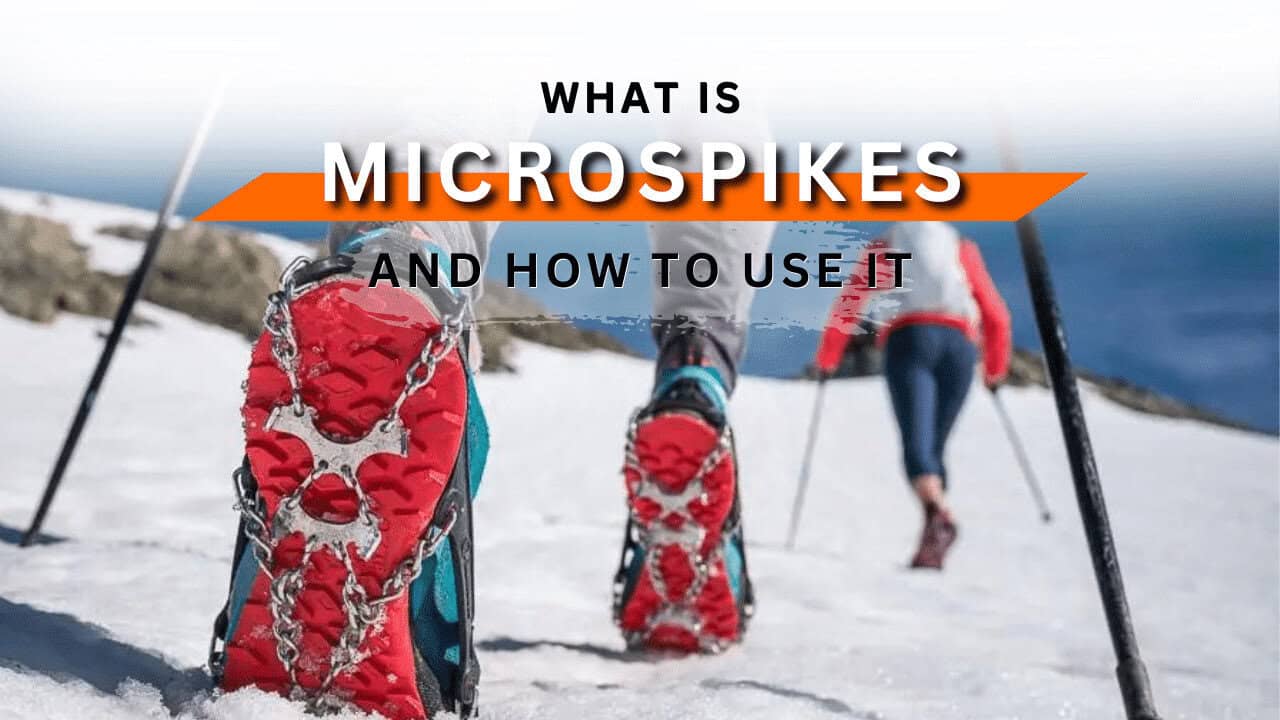

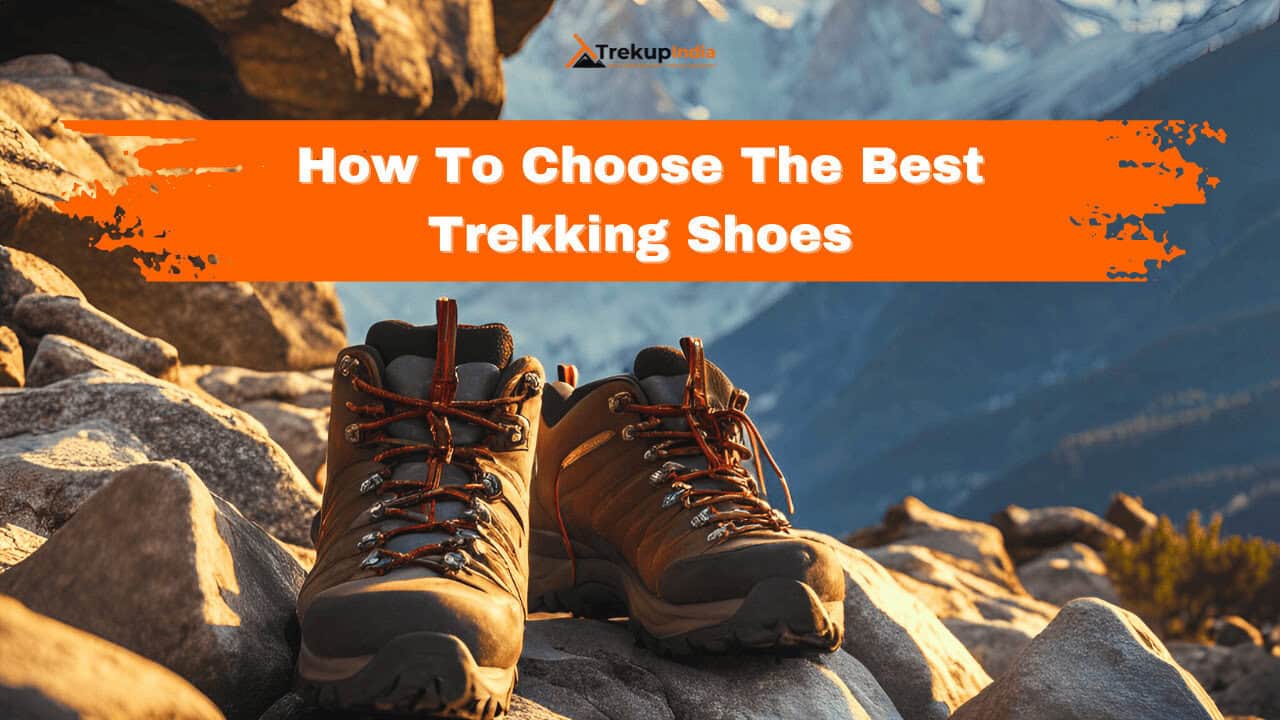
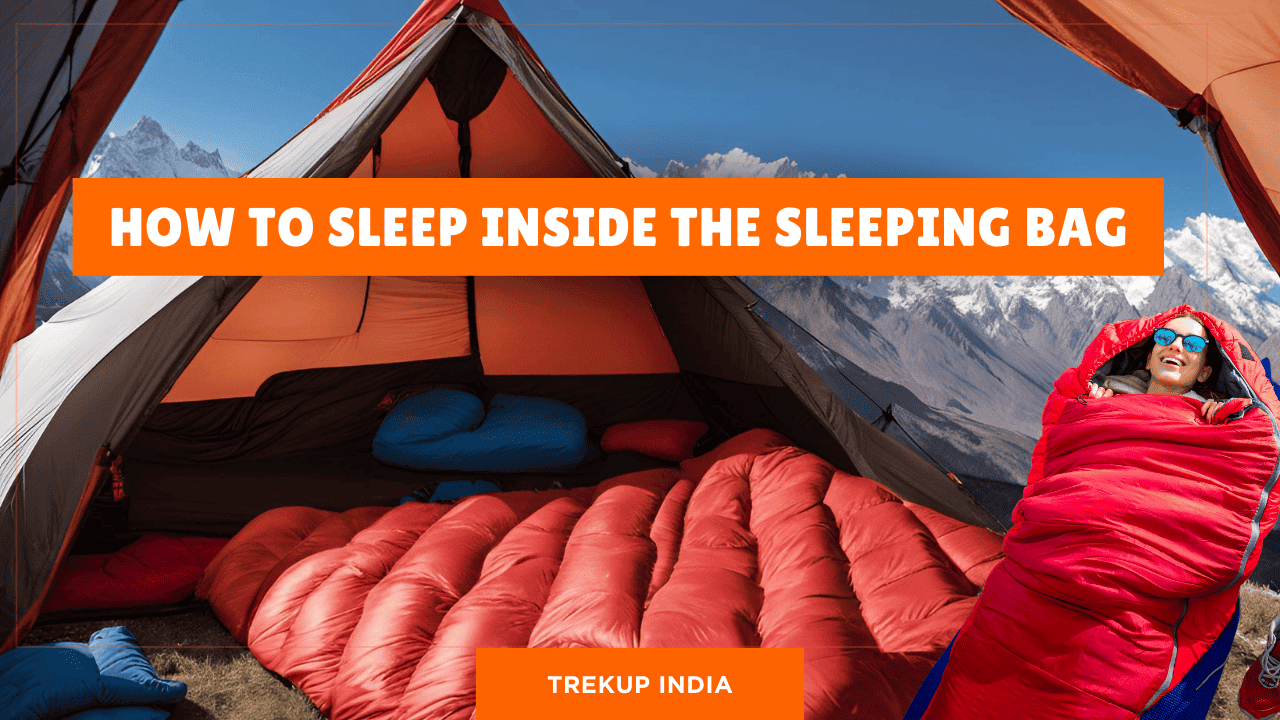


Know Everything About Acute Mountain Sickness
Acute Mountain Sickness occurs when people trek to high altitudes above 8,000 feet. This condition itself develops further due to reduced oxygen levels at such heights. Basically, as you go higher up, the air pressure and oxygen levels decrease, which causes the same problem. Acute Mountain Sickness surely causes headache, nausea, vomiting, and dizziness in affected persons. Moreover, peoples also experience difficulty in sleeping during this condition. To avoid mountain sickness, you should actually trek up slowly to higher altitudes. To learn further about this condition itself, watch the videos by Trekup India.
